The scent of musky Cohiba cigars fill the Havana air, and you take another sip of Santiago “Anejo” rum. As the band starts to play a shaking traditional Son Cubano tune, you realize you haven’t refreshed Facebook in nearly a week. But you don’t mind. You’re in Cuba, after all, and life moves slower here. With every sip of rum, you drink in new memories and enjoy the friendly banter that comes with it. On the inside, you know you will never be the same again—and this is only the start of your tangled and complicated love affair with Cuba.
Written and photographed by Michael Bonocore
Created in partnership with Tamron USA. All photographs captured using Tamron Lenses.
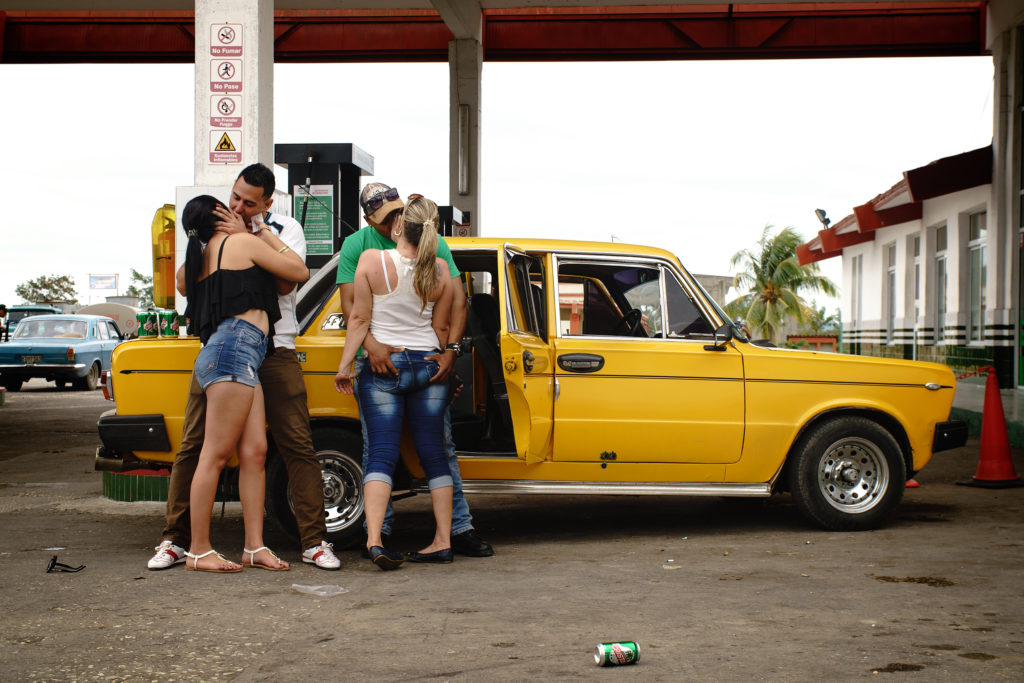
When to visit
While most of the summer months in Cuba are unbearably humid, November through March is a much more pleasant time to visit, as daily temperatures range from the high 70’s to low 80’s. Cuban cities were made for walking, so book your trip in the winter months. This is also the busiest season for tourism, so expect higher rates for the Casas Particulares (more on that later). Additionally, the rainfall total is at its lowest during these months, making street photography much easier on your camera. That’s not to say you won’t see rain, though, which makes for incredible scenes and reflections in the streets. But if beaches are more your speed, then the humidity of July and August is a great time to catch some sun on the tropical north coast.
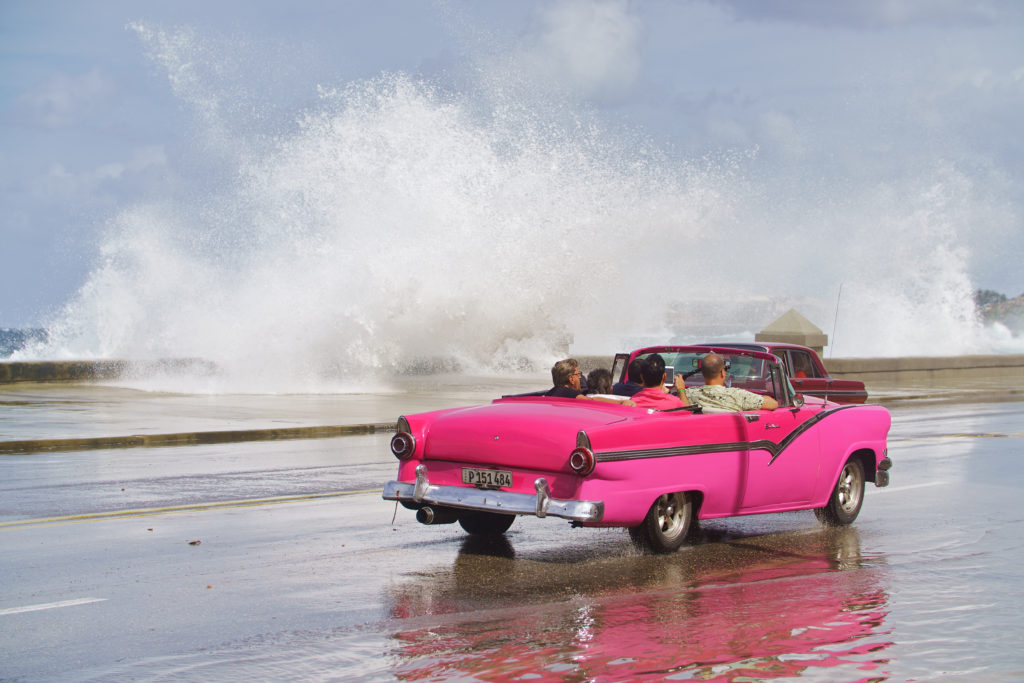
Travel
On March 15, 2016, President Obama signed an executive order that opened the door for any American citizen to visit Cuba for all intents and purposes. Previously, an American with a special Visa would have to enter the country through a tour group, generally in a “people-to-people” capacity, such as education and volunteerism. The new order, however, eliminates the need to visit as part of a tour group, meaning visitors simply have to submit a form that confirms they are going for “people-to-people” purposes. Tourism, on the other hand, is still forbidden, so make sure you don’t check that box on your form. This executive action occurred just five days before President Obama become the first US President on Cuban soil since Calvin Coolidge in 1928.
US Airlines also will begin nonstop flights to Cuba throughout the summer and fall of 2016.
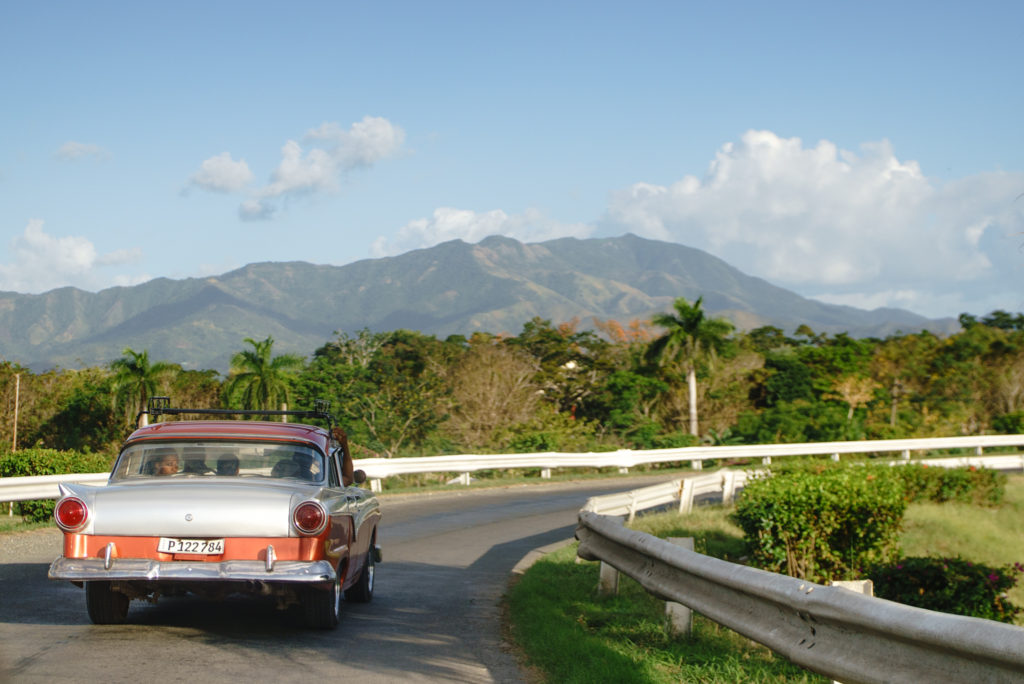
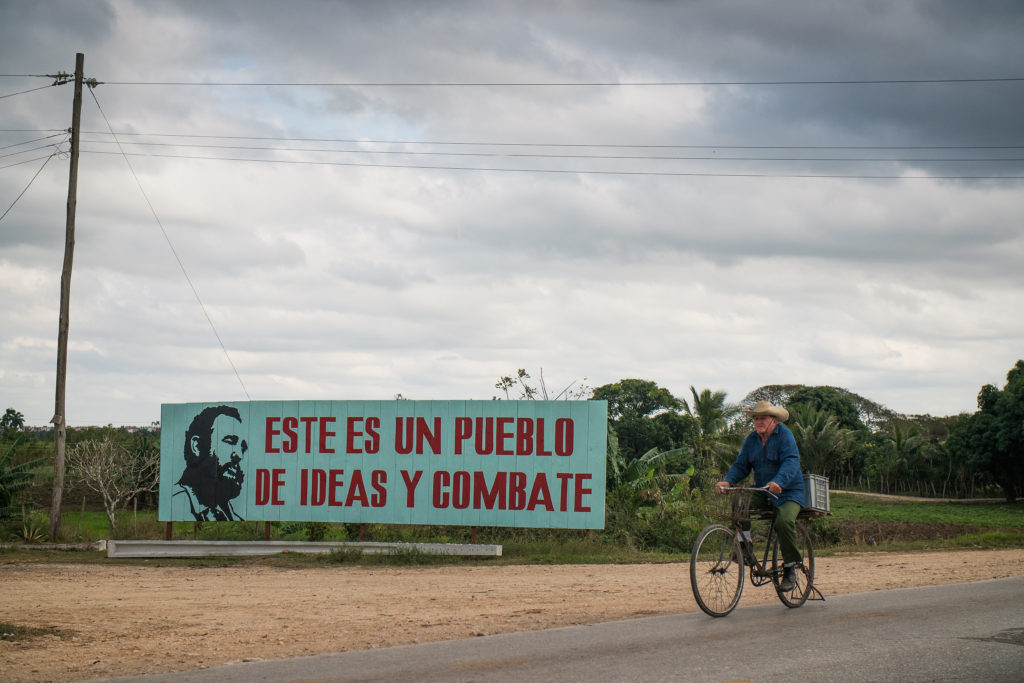
Accommodations
Hotels outside of Havana are uncommon, so it’s best to stay at the Casas Particulares. The Casas are homestay buildings with the family that owns them, but many are set up like hotels with well-equipped rooms and private or shared bathrooms. The families will also prepare authentic Cuban dishes for breakfast, lunch, and dinner. Typically, the owners are friendly and accommodating, and will quickly become your friends. Casas are everywhere, so if you don’t have a reservation just keep an eye out for doors with a blue anchor-looking symbol. Aside from this being the best option for an authentic Cuban experience, Casas are also far more economical, ranging from $20 to $30 a night for a private room. Breakfast will cost about four dollars per person while dinner can range from seven dollars to $10. So skip the government-owned hotels and support the local families by staying at a Casa.
Casas are also slowly becoming more accessible online, and you can visit www.mycasaparticular.com to browse and book your stays.
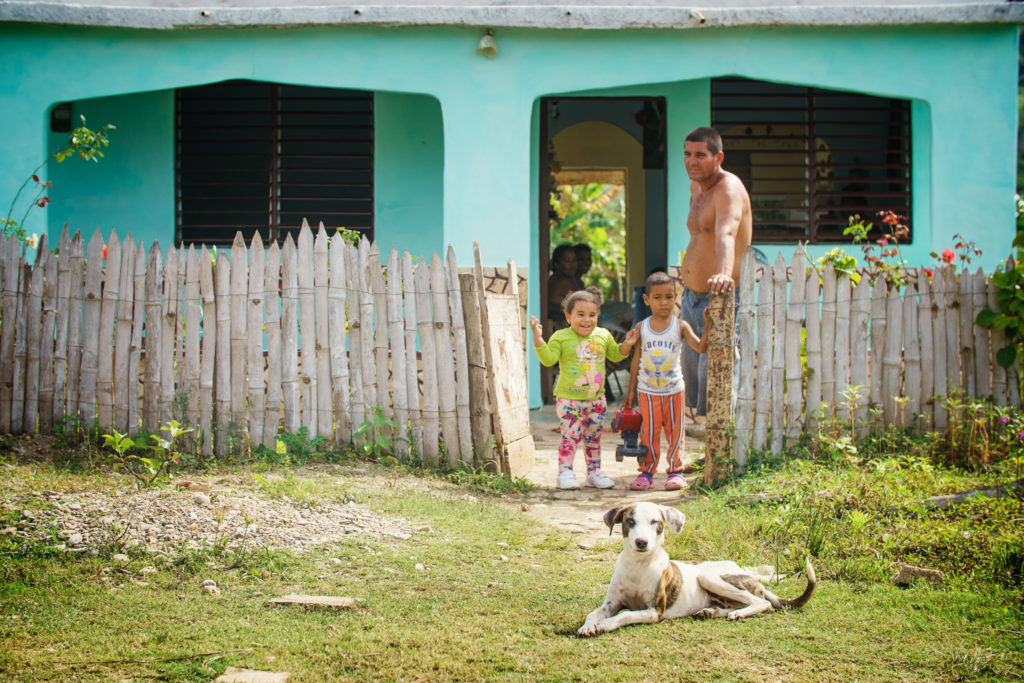
Cuisine
Until 2010, most restaurants in Cuba were government owned and operated, with only small private restaurants—or paladars—tightly regulated. A review of the economic model convinced the government to give these mostly family owned restaurants more freedom, such as how many tables to accommodate, a decision that previously was made by the government. This unexpected move inspired Cuban culinary aficionados to open restaurants across the country. Since then, the scene has exploded, and private restaurants have become the best options for tasty local dishes, but are typically more expensive than the government-run businesses. Even more, the real gems are found along the highways in the middle of nowhere. And for about three bucks, these family businesses serve up chicken, seafood, pork, lamb, and vegetarian options for lunch and dinner.
Hot spots
Havana
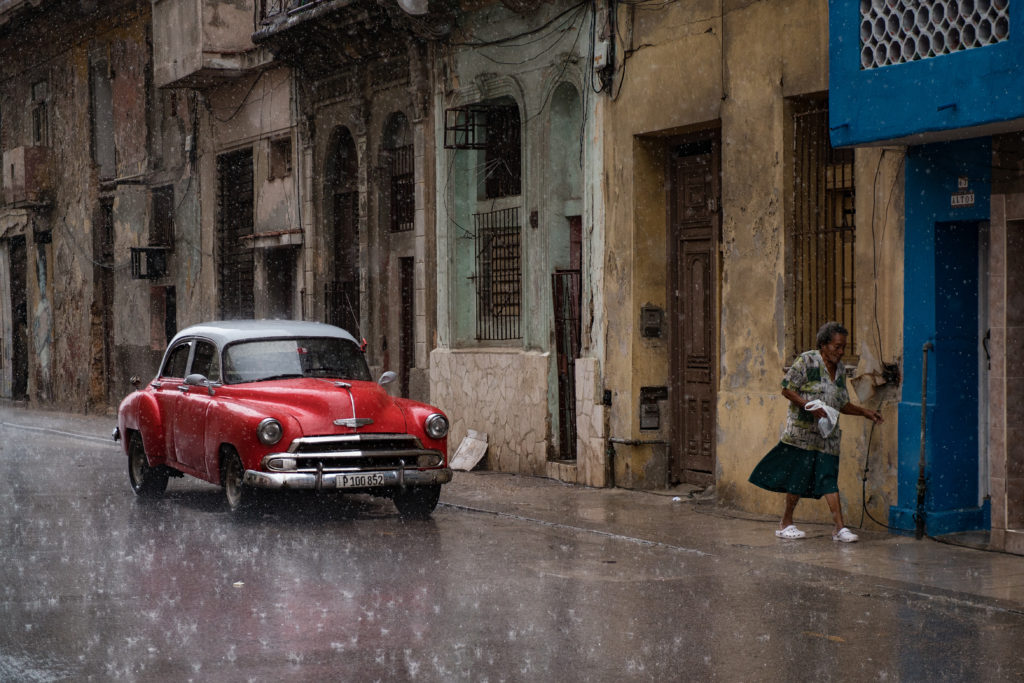
Havana is truly a one of a kind city—it’s one of those places that’s nearly impossible to describe to someone who hasn’t been there. But let’s give it a shot. First off, it’s filled with Historic architectural gems like Cathedral de San Cristobal, which provide a stark contrast to the surrounding neighborhoods, such as Vedado. These neighborhoods are home to hundreds of dilapidated buildings that serve as unique backgrounds when photographing the street scenes that unfold in front of them. And while car and bicycle taxis are everywhere, opt to walk as much as possible. Each walk yields incredible photographs and lively conversations with Havana’s friendly residents. And of course, the famous classic cars cruising the streets by the thousand add vibrant character to any scene, especially on the famous waterfront Malecón.
Where to stay:
Las Terrazas
Phone: +53 7876-2204 +53 5736-3810
Where to eat:
El Chanchullero
www.el-chanchullero.com
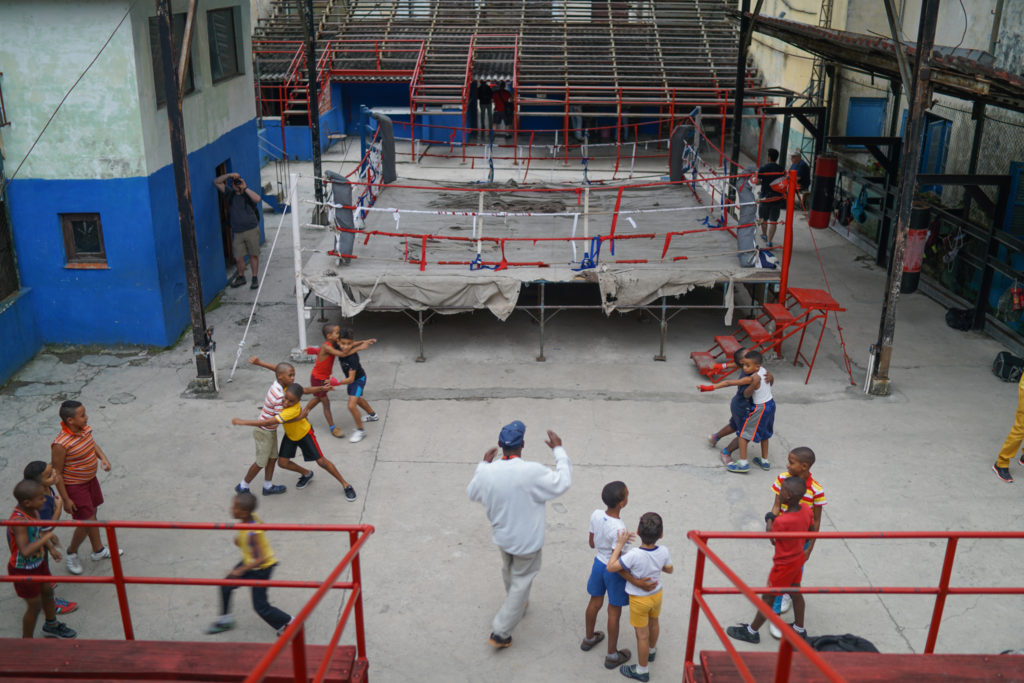
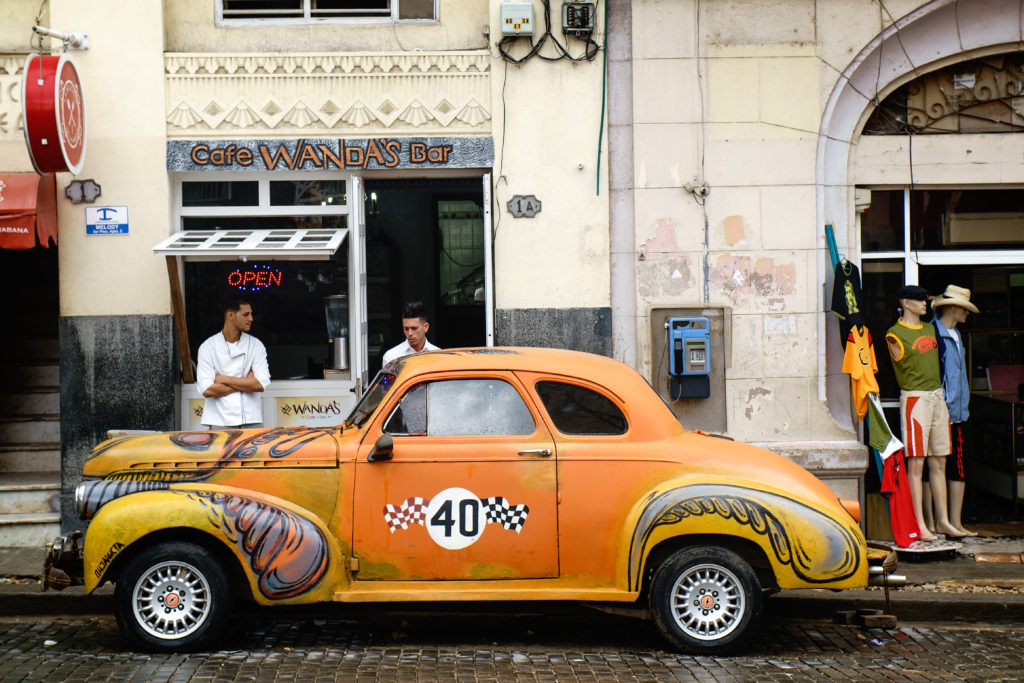
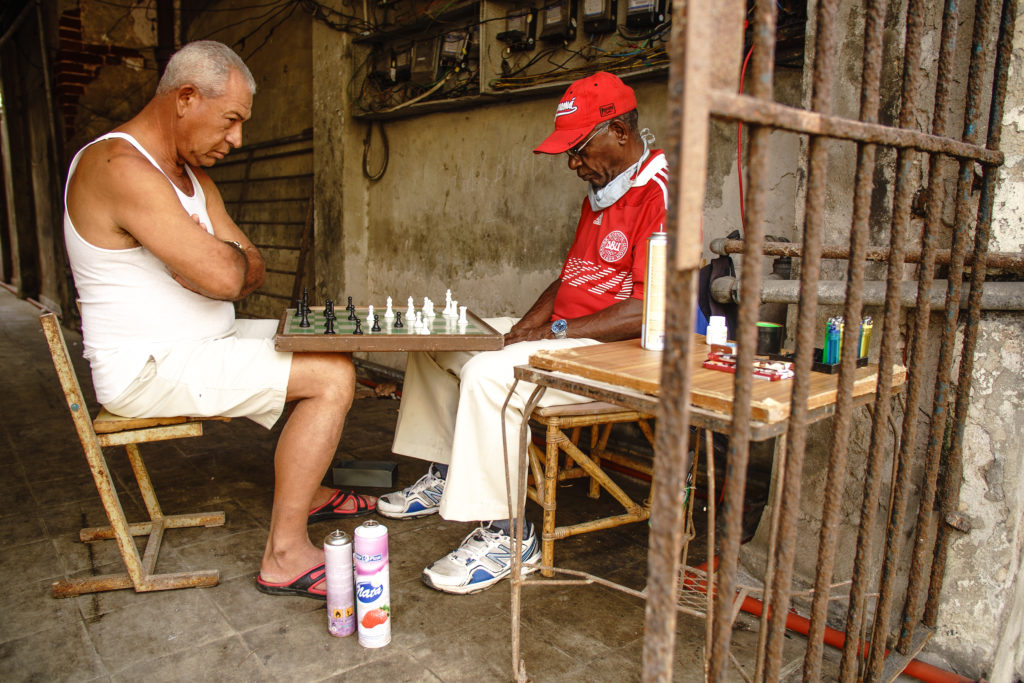
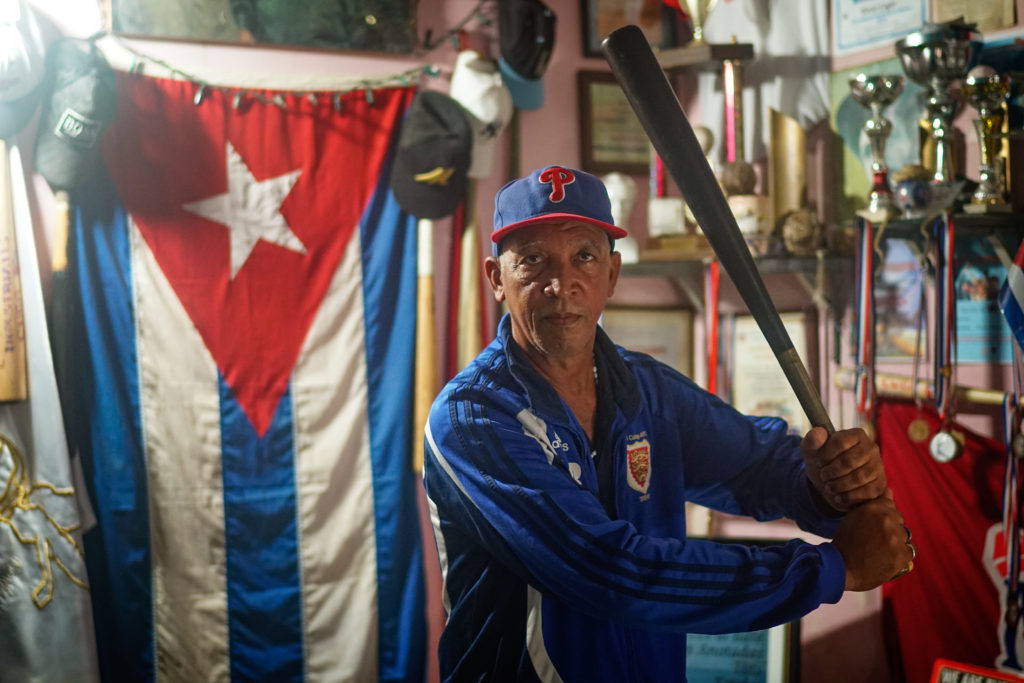
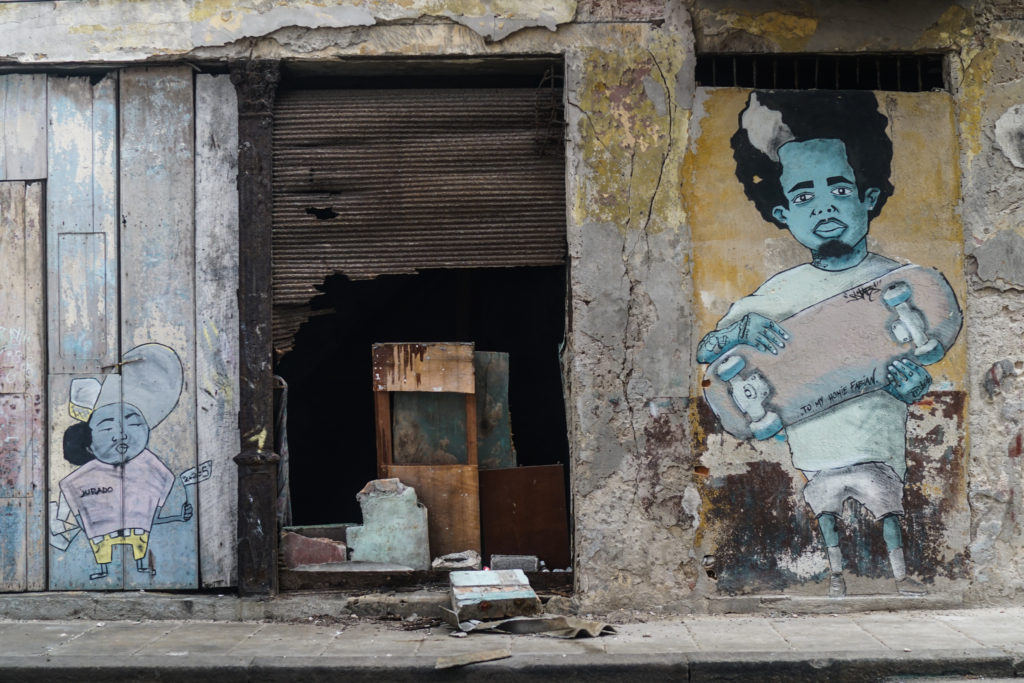
Vinales Valley
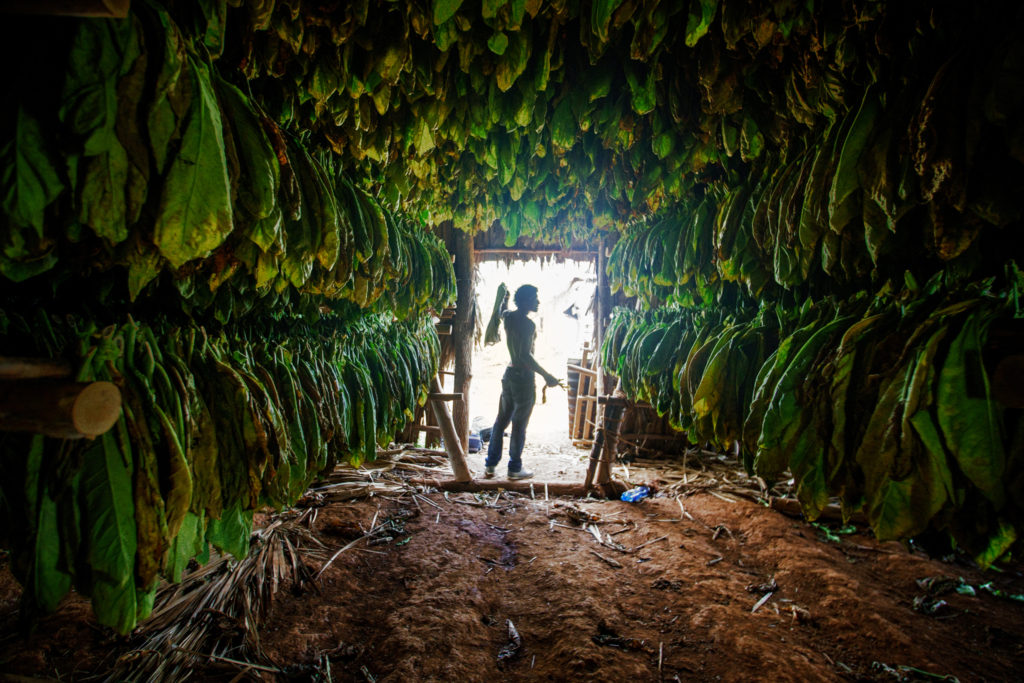
Arguably the most photographed region in Cuba, most of the postcard photos of the Cuban countryside were taken in Vinales Valley’s famed tobacco growing region. Vinales is also home to a ton of outdoor adventures, such as swimming, rock climbing, biking, and hiking. Nonetheless, the tobacco farms are a great place to relax and light up a freshly rolled Cuban cigar and watch the golden afternoon light descend on the farmlands.
Where to stay:
Casa California – Orquidea y Luis
Phone: +53 5255-9919 or +53 4868-4365
E-mail: [email protected]
[email protected]
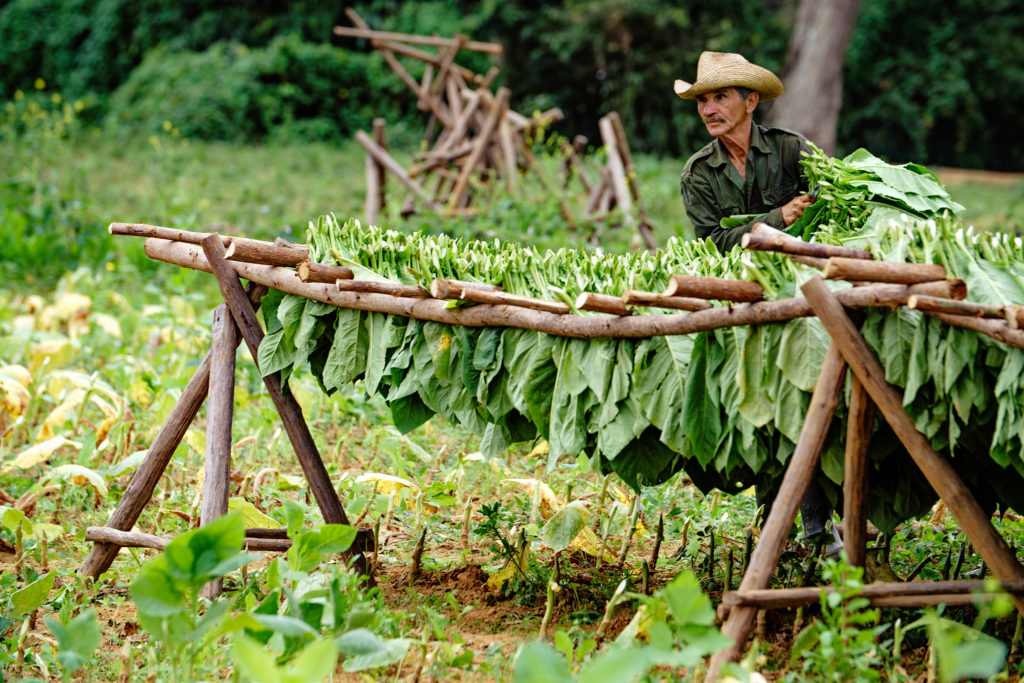
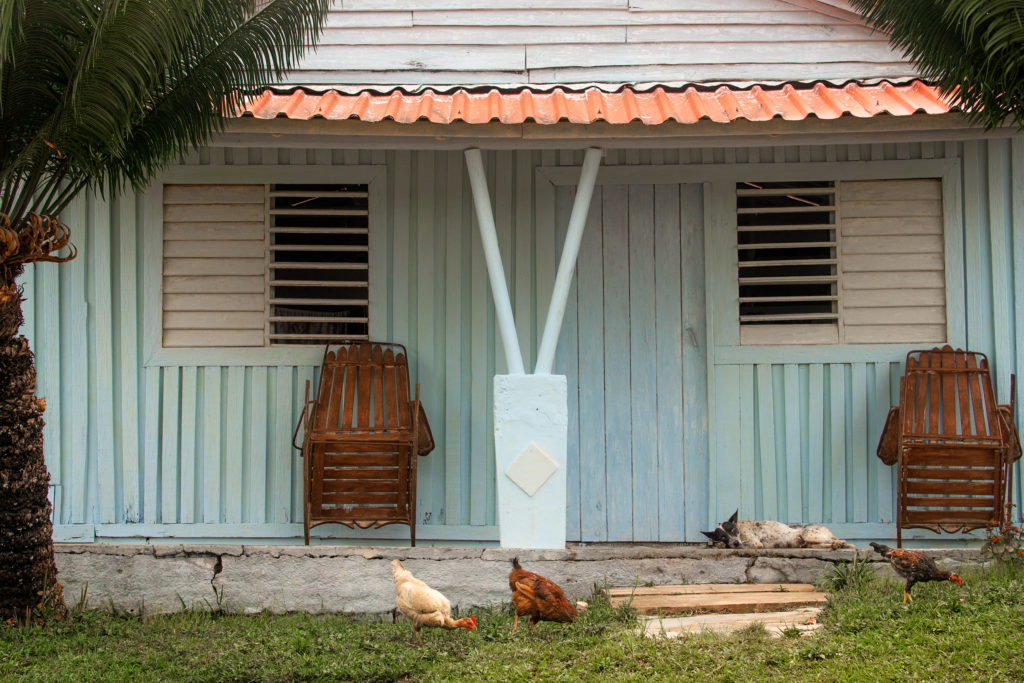
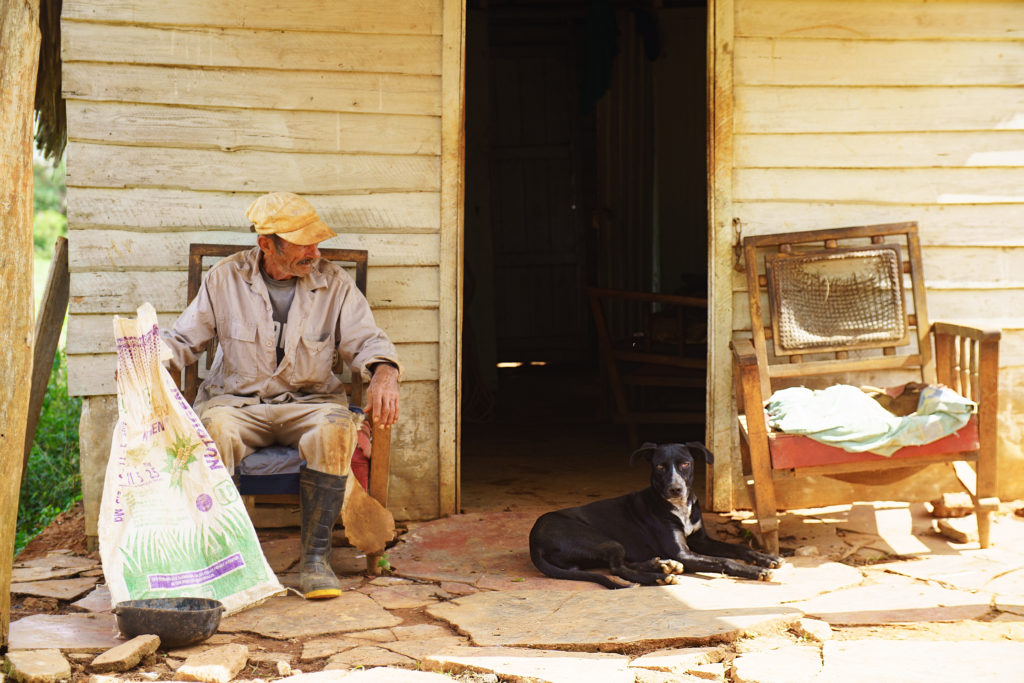
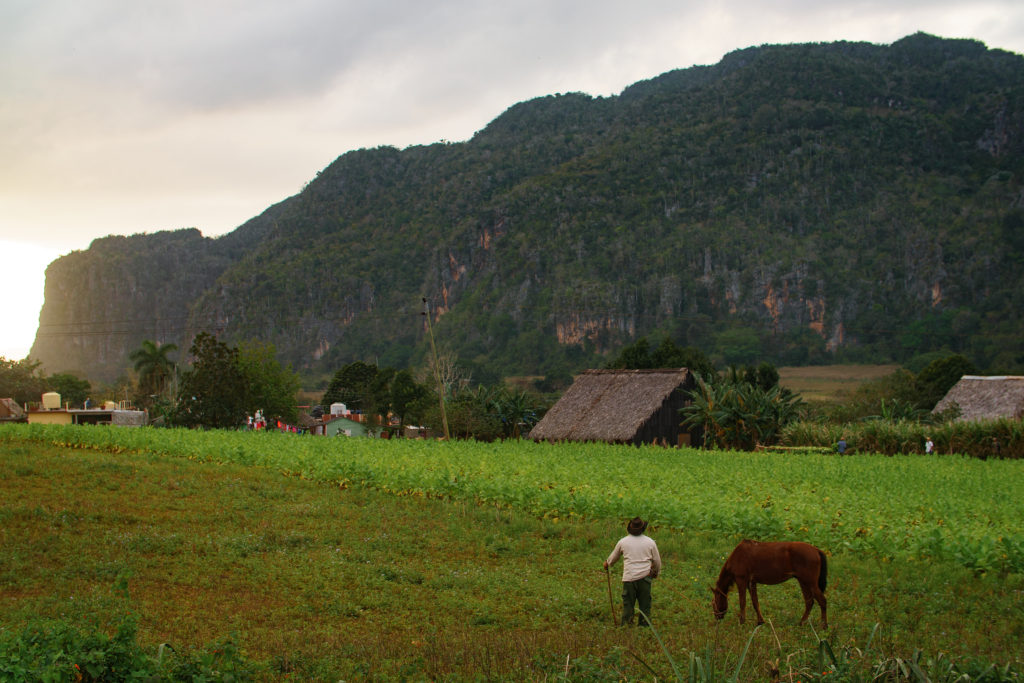
Cienfuegos
Awarded a coveted Unesco World Heritage site in 2005, Cienfuegos is one of Cuba’s most beautiful cities and a huge part of the typical tourist route through the country. At the least, it’s worthy of a stopover, as the impressive view of the Parque Jose Martinez can be seen from an iron staircase on the roof of Casa de la Cultura Benjamin Duarte.
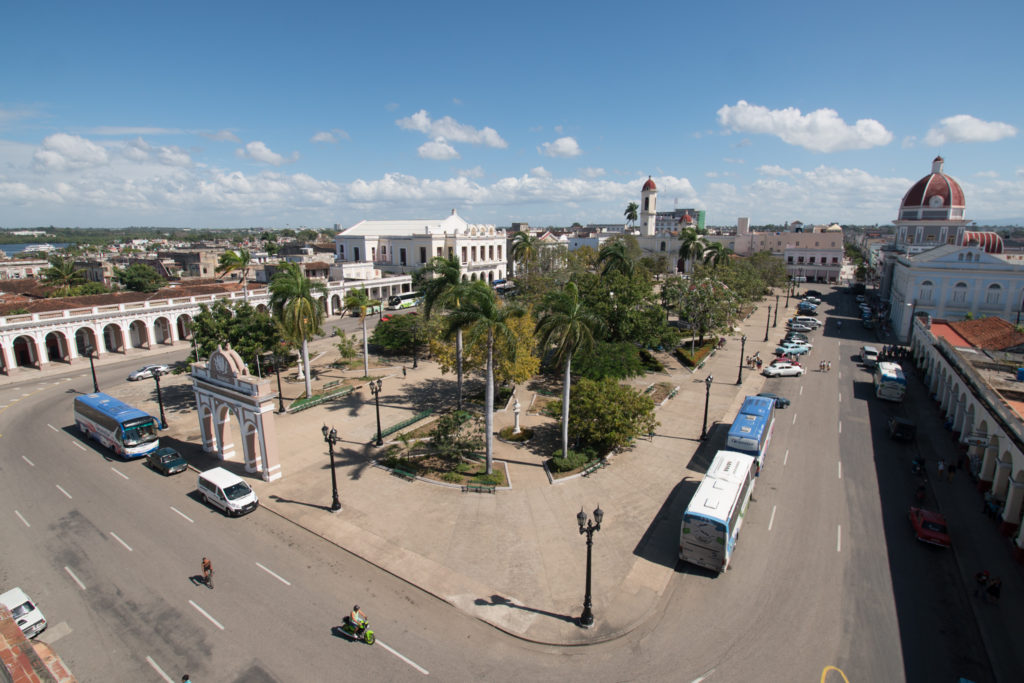
Trinidad
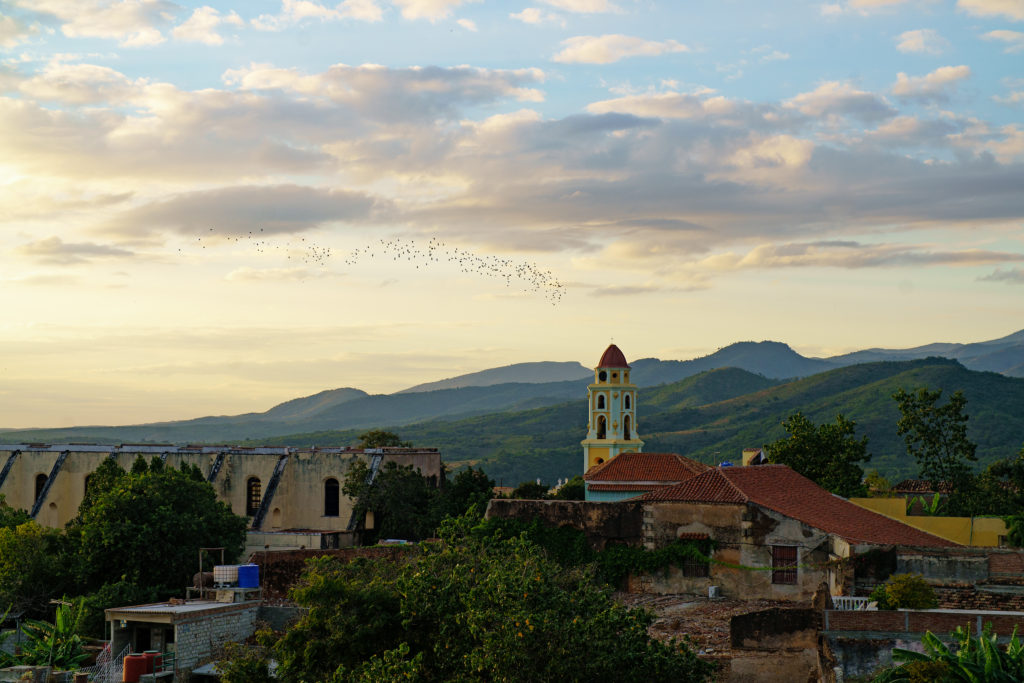
Tourists galore inhabit the Parque Central and the surrounding streets in Trinidad, but don’t let that stop you from coming. The photography locations here are exceptional, with vibrant colors and a perfect sunset vantage point from the El Bolo Vista Gourmet restaurant. Sit on the roof, grab a mojito, and watch the colonial style church become awash in the afternoon light.
Where to stay:
Hostal Benavente
Phone: +53 4199-4106
E-mail: [email protected]
www.casabenaventetrinidad.wordpress.com
Where to Eat:
El Bolo Vista Gourmet
Photography Guide:
Julio Munoz
Phone: +53 4199-3673
E-mail: [email protected]
www.trinidadphoto.com
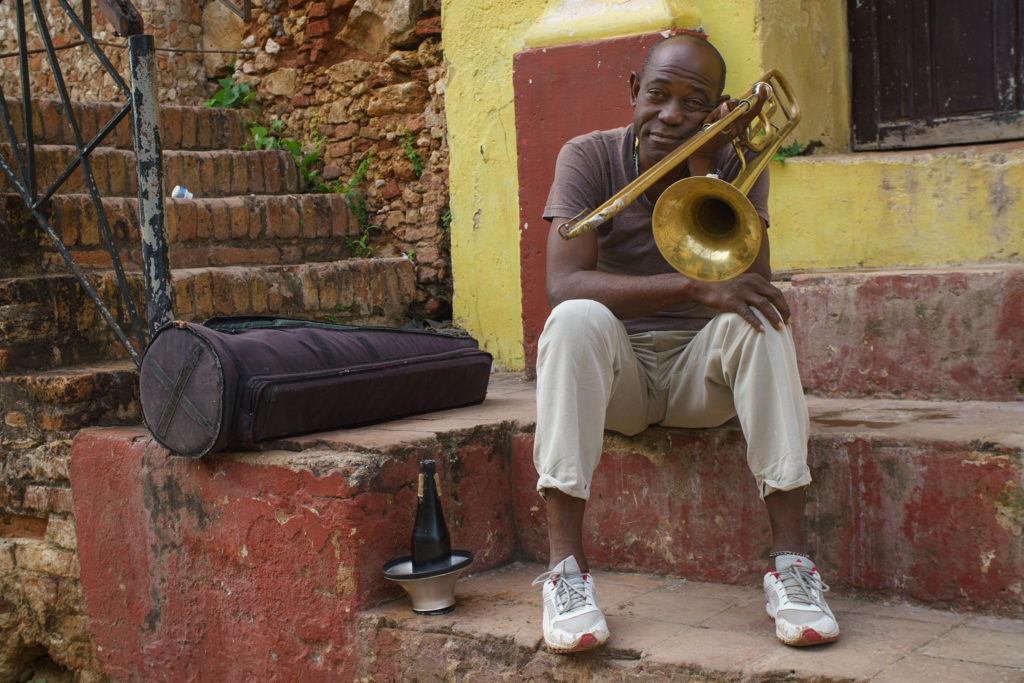
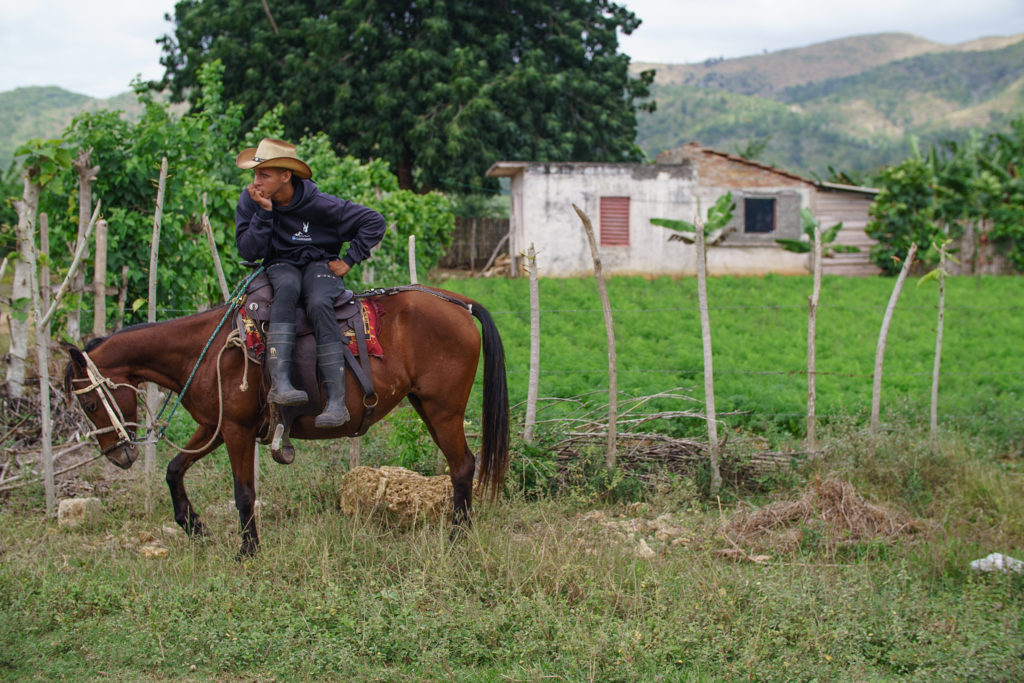
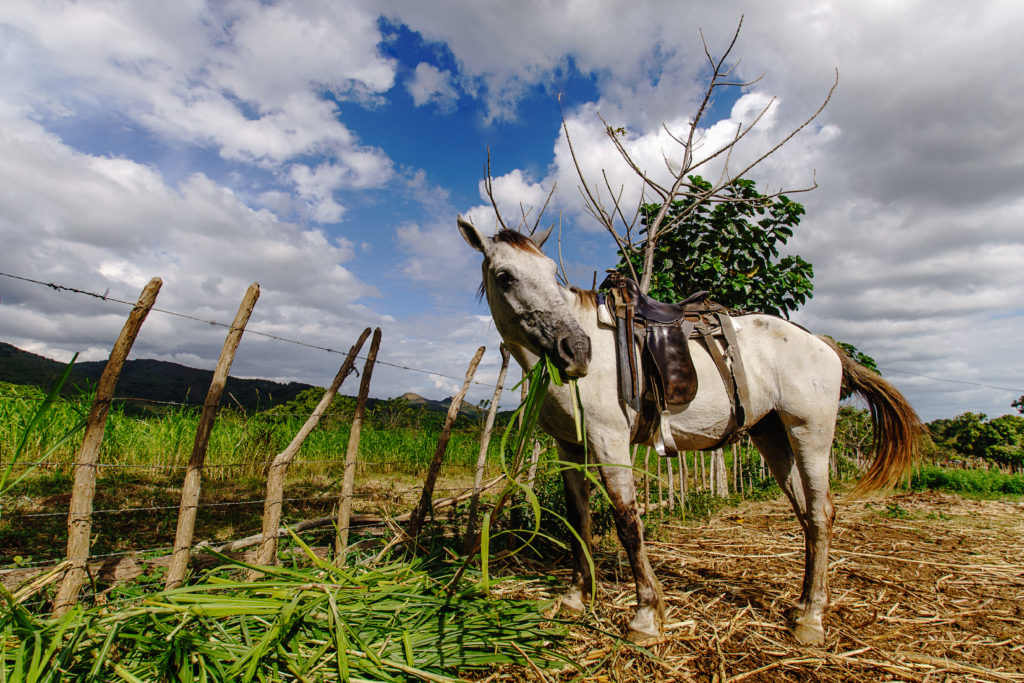
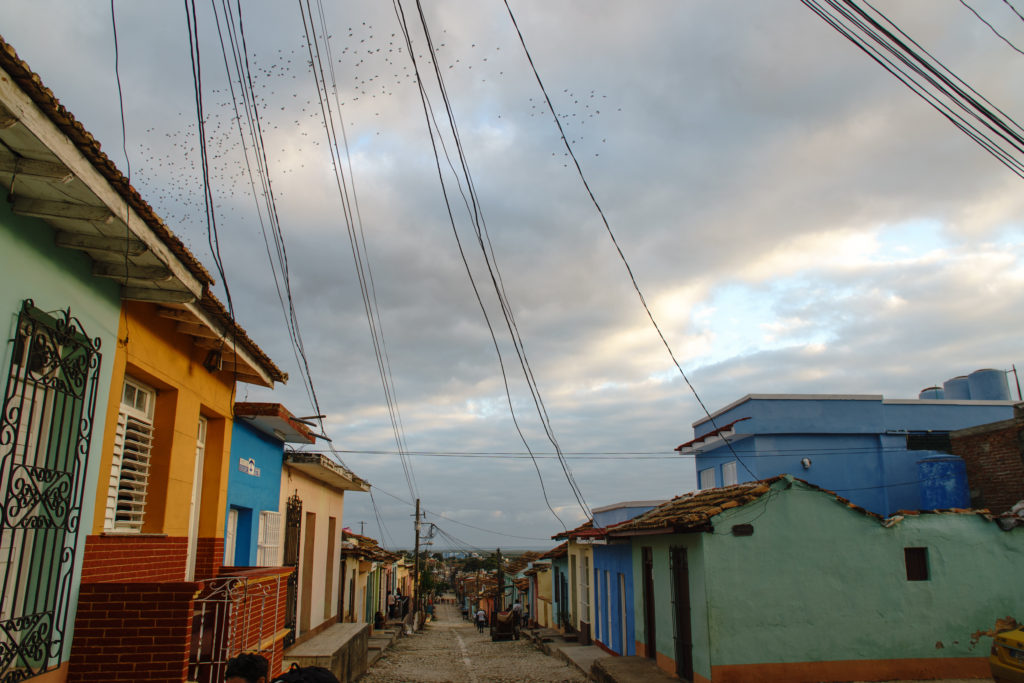
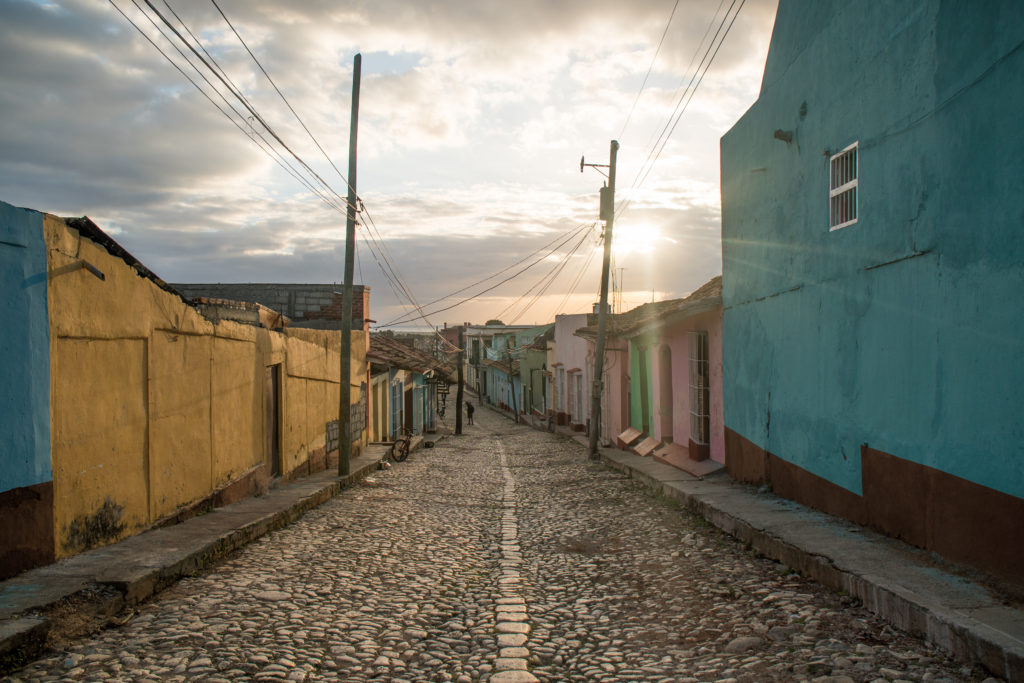
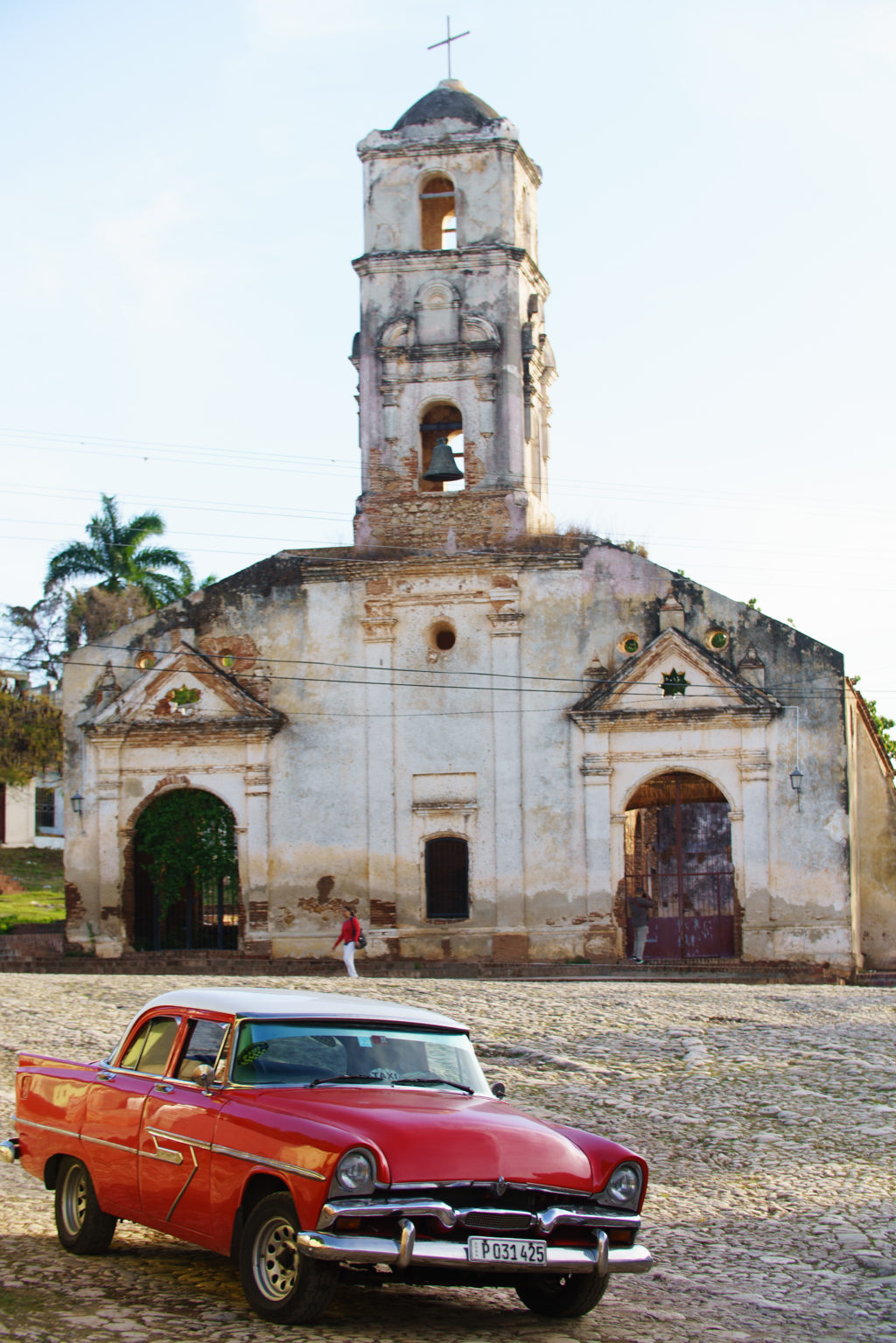
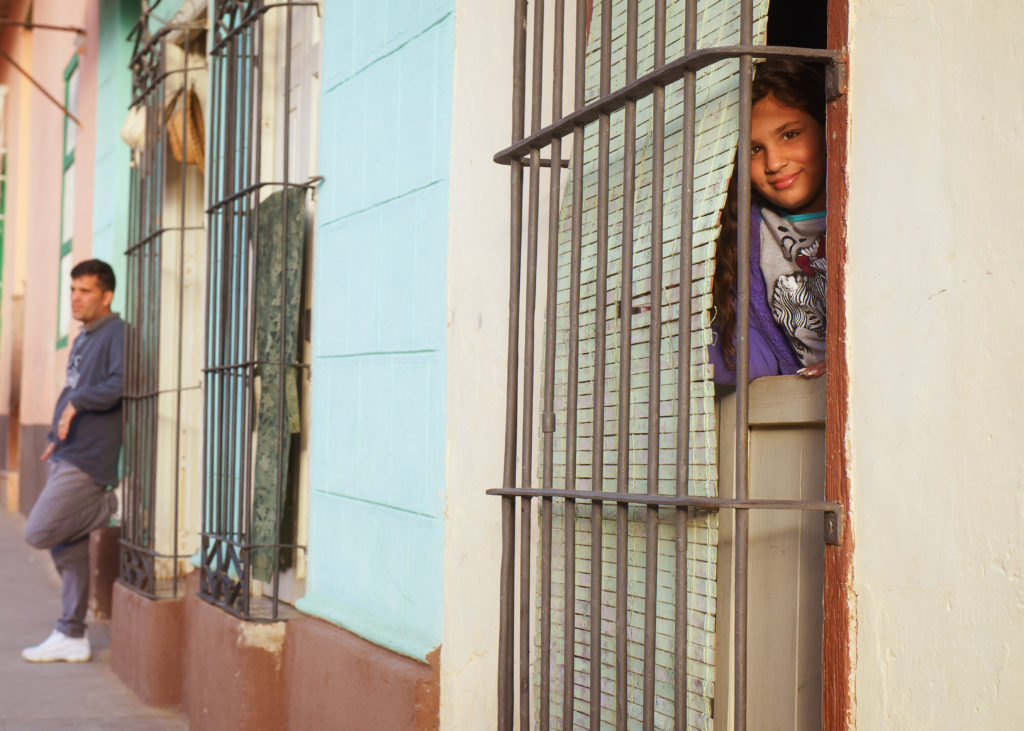
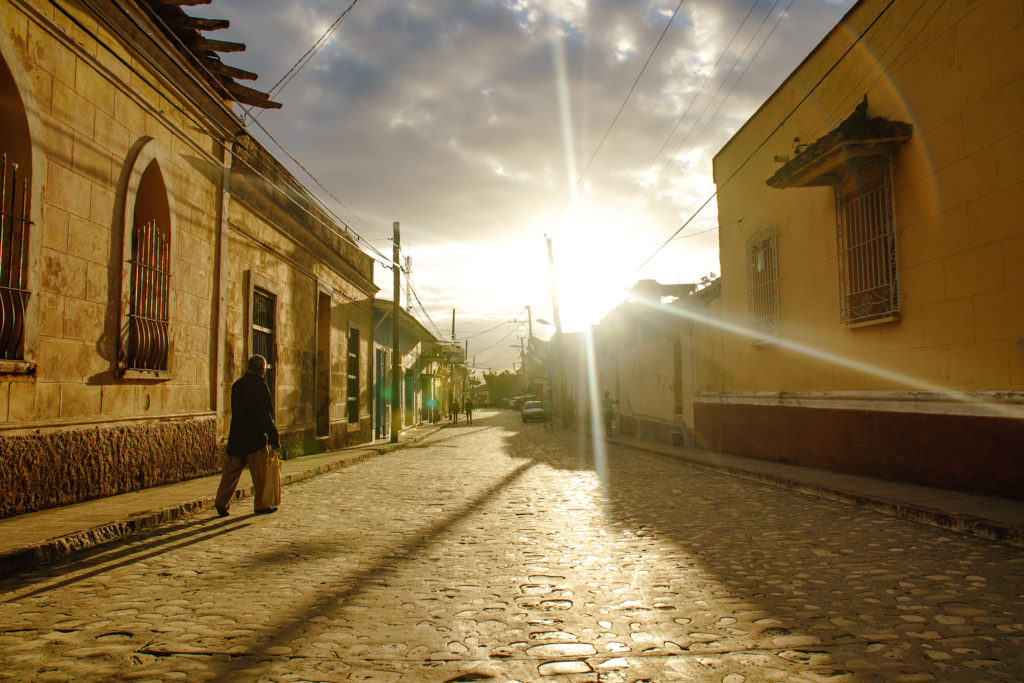
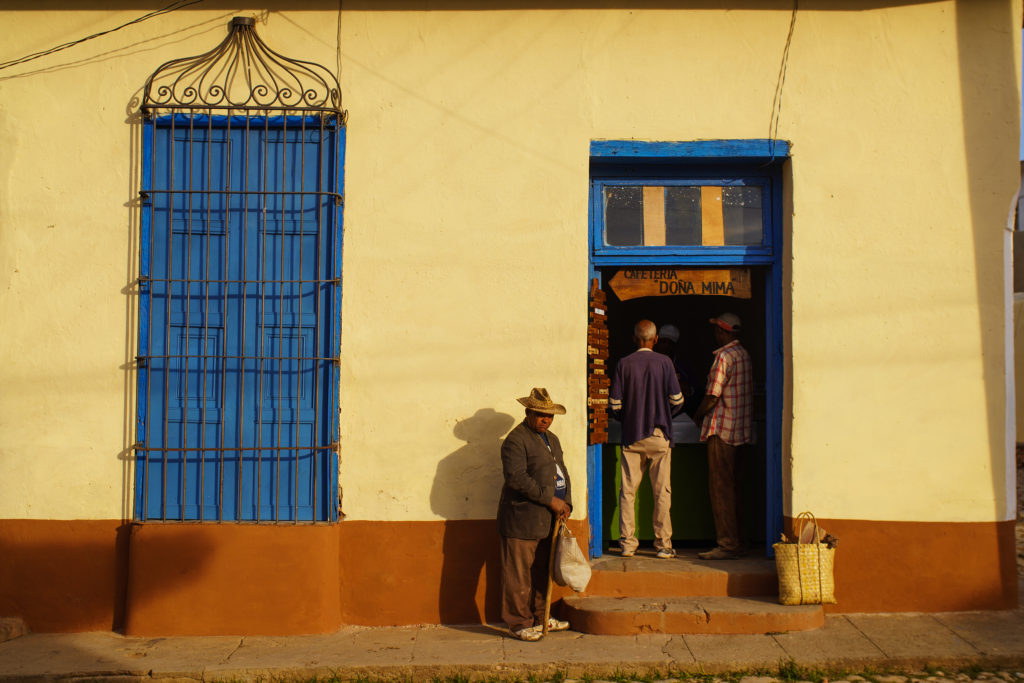
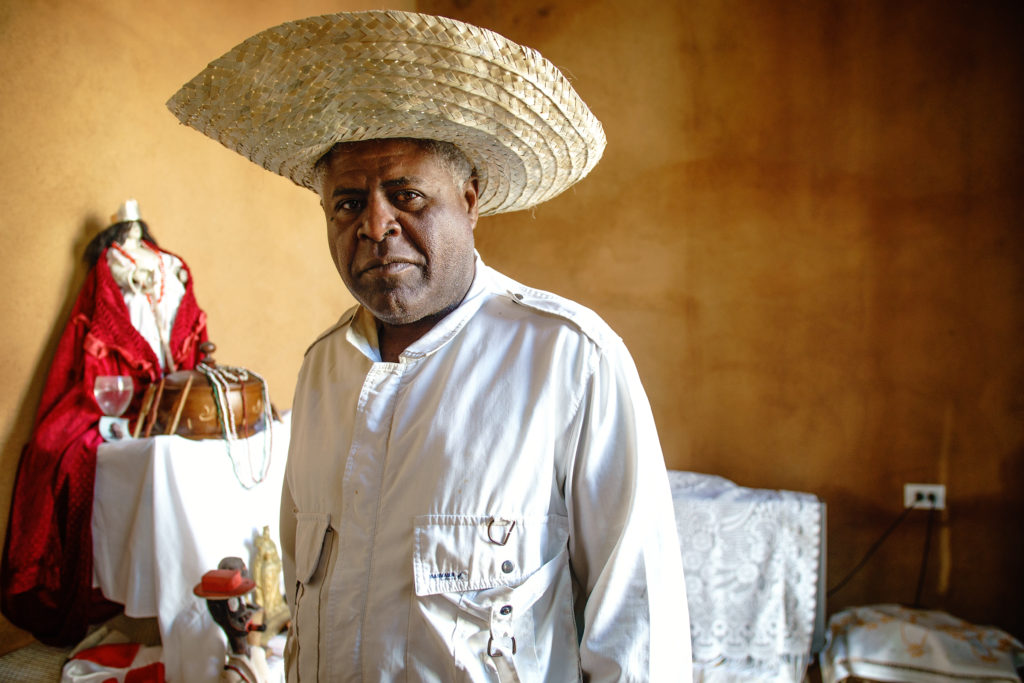
Ciego De Avila
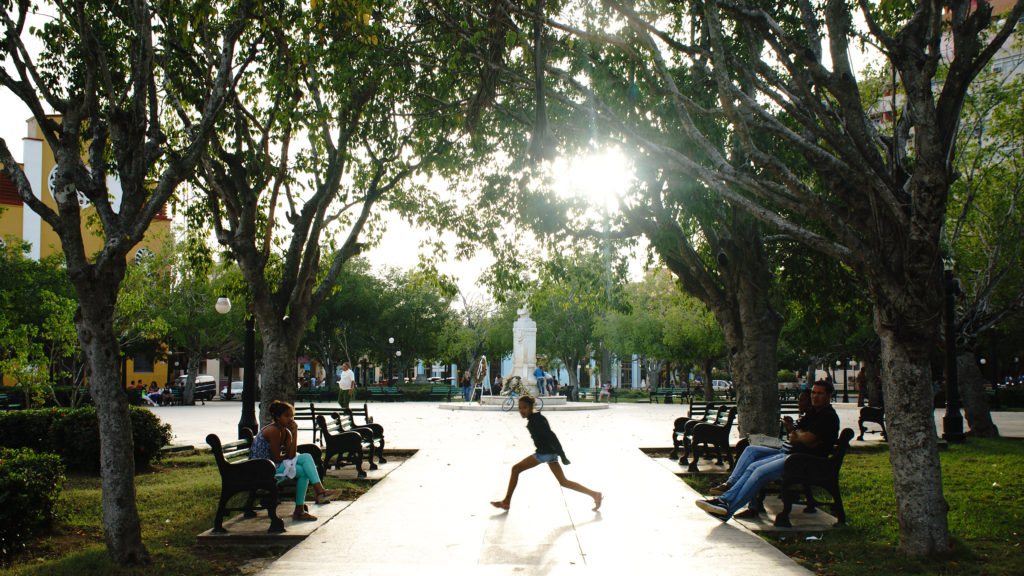
The people of Ciego De Avila are proud of their history and their town. The hard working laborers consume the sugarcane and pineapple industries, which has helped build up the area as one of the cleanest and most modern in Cuba.
Where to stay:
Casa Liamne
Phone: +53 5340-9131
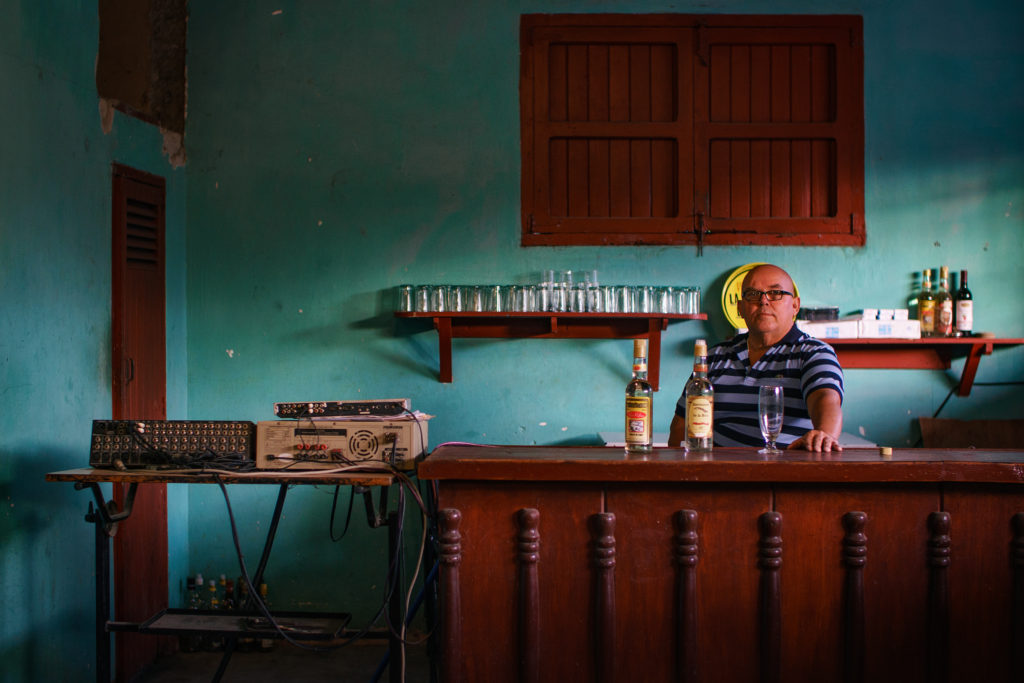
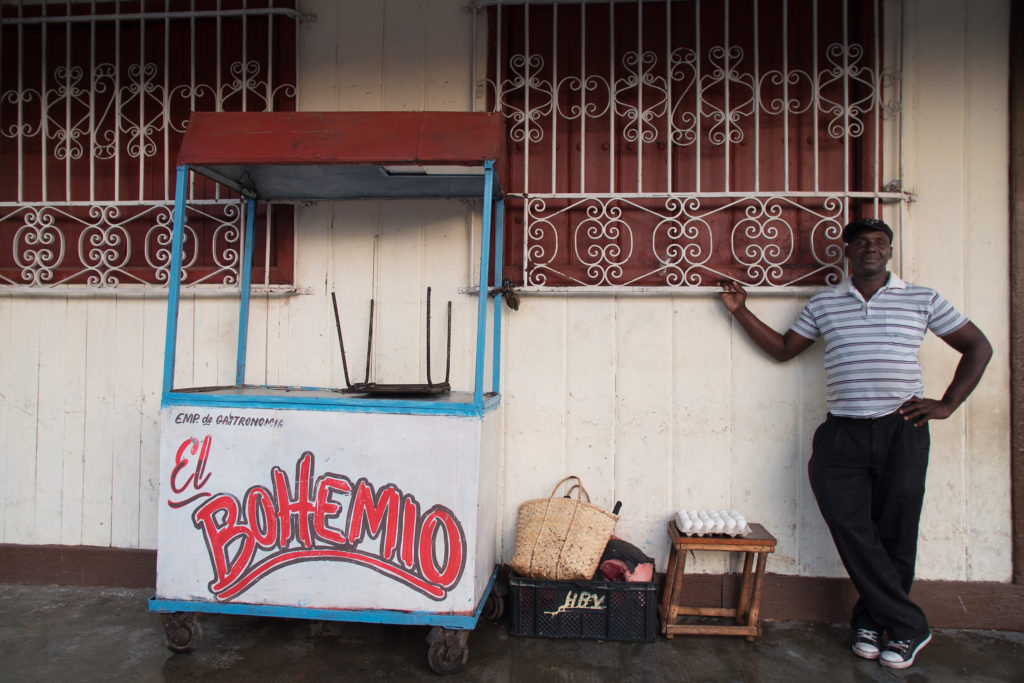
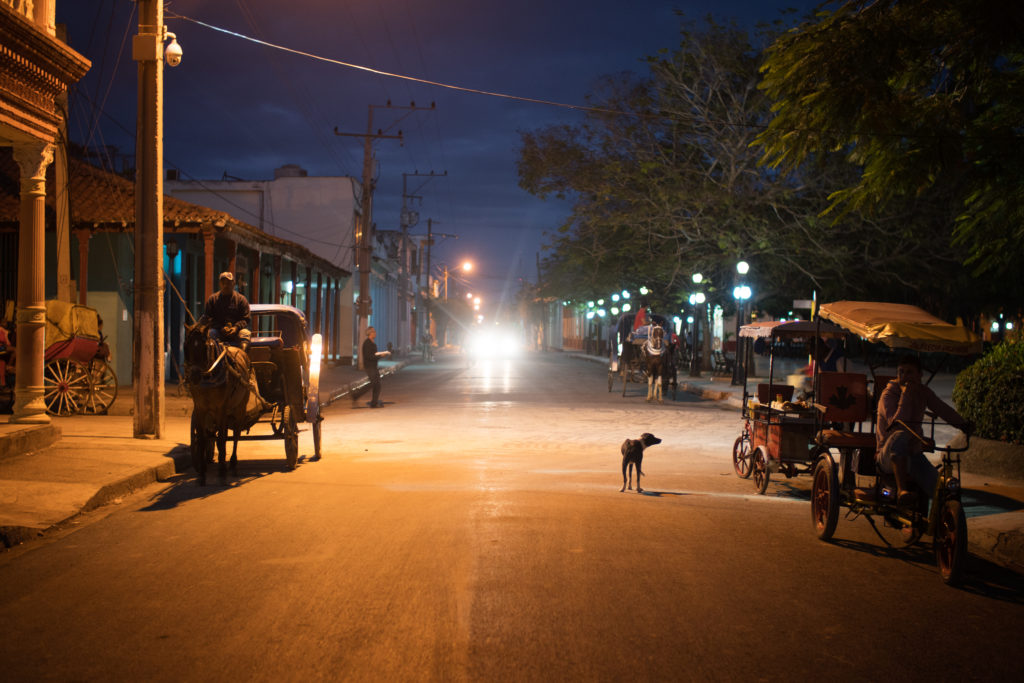
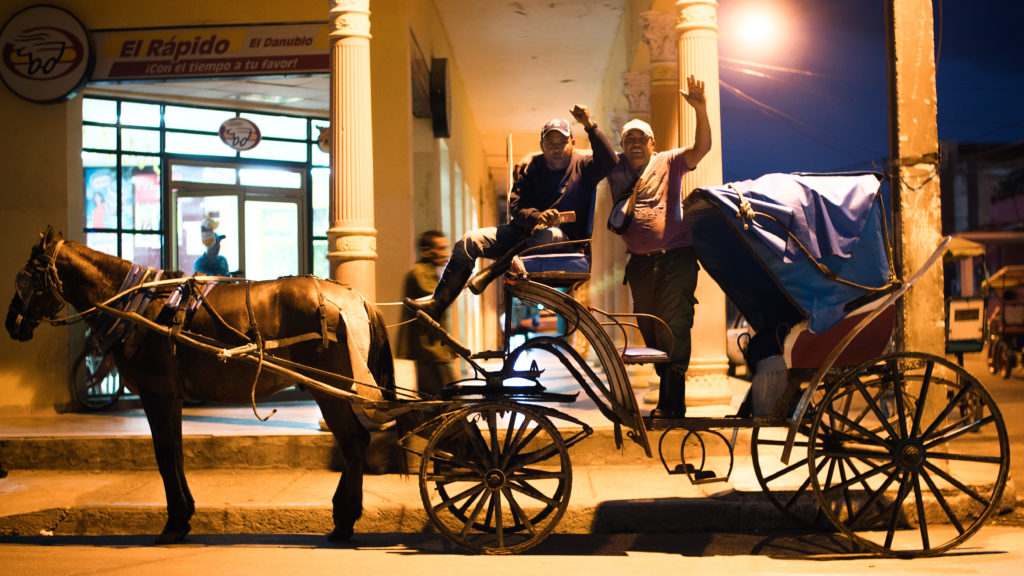
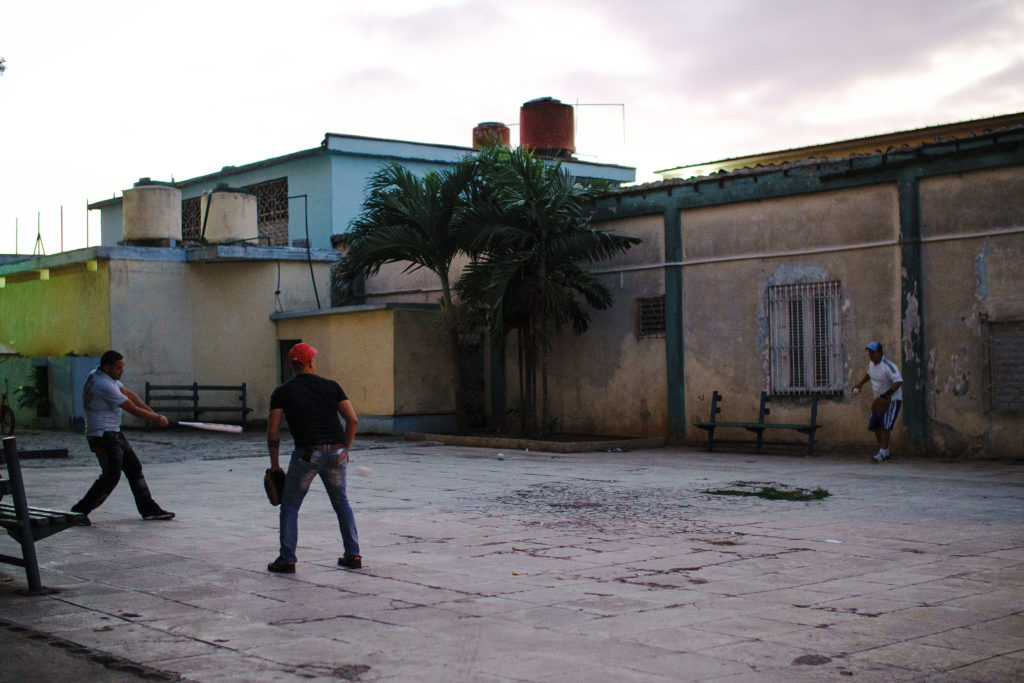
Bayamo
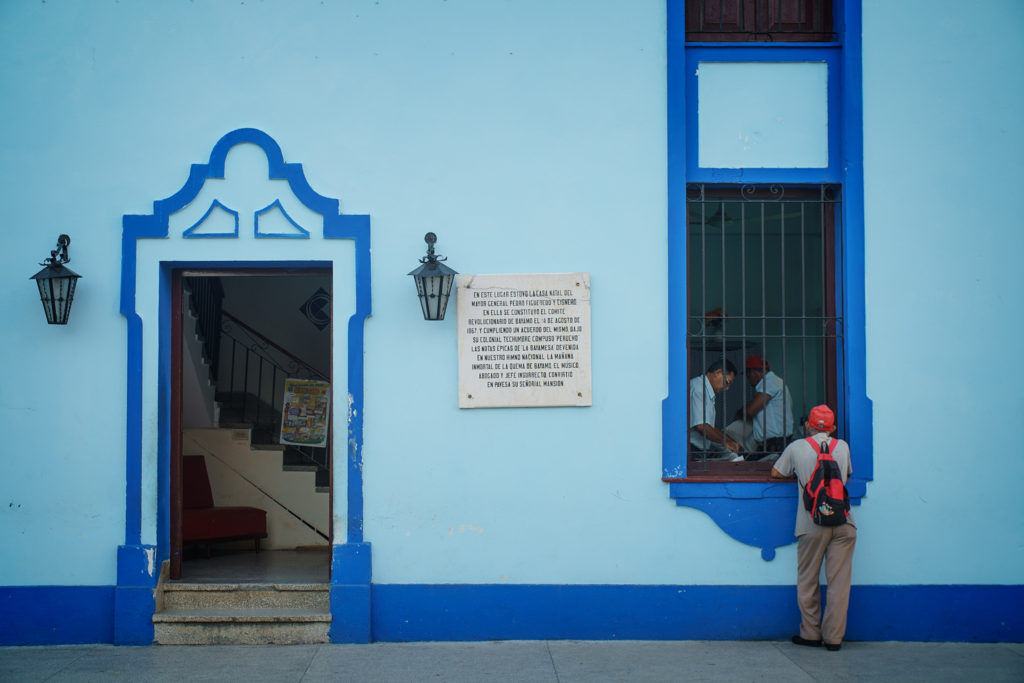
Horse carriages are the main form of transportation in the old city of Bayamo, a must-do for those seeking to photograph one of Cuba’s most historic methods of transportation. To say the least, the colorful walls, street vendor carts, and busy mornings make photography in Bayamo an exciting adventure.|
Where to stay:
Ogla y Jose
Phone: +53 2342-3859
E-mail: [email protected]
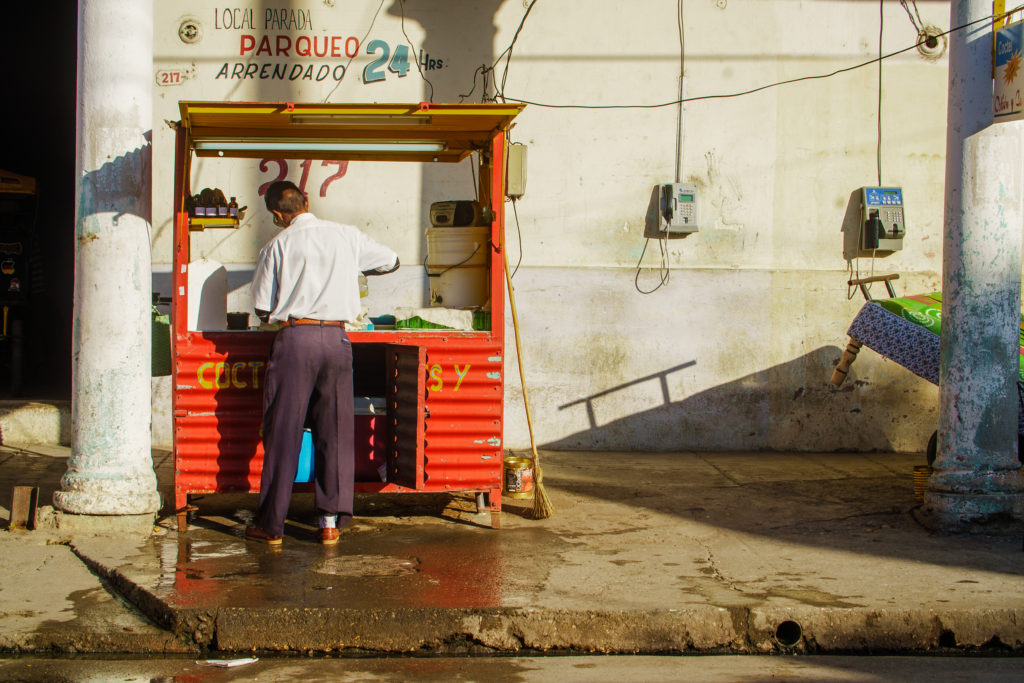
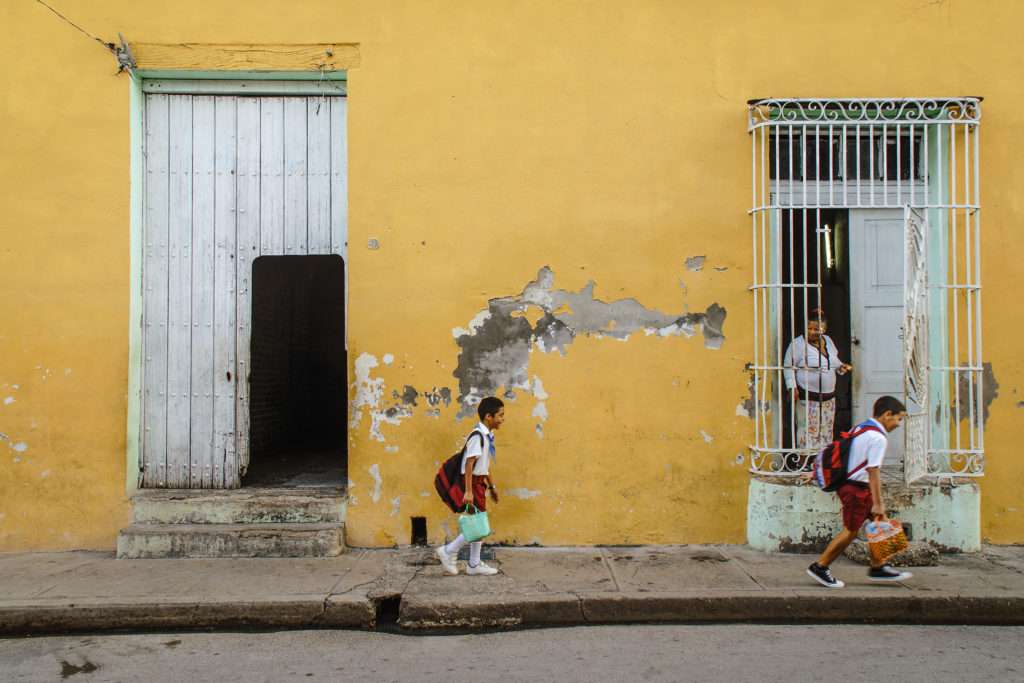
Manzanillo
The bayside town of Manzanillo is home to one of Cuba’s most impressive Parque Central. An elegant gazebo sits in the center of the park, and from the right angle, you can frame the bell towers of Inglesia de la Purisma Concepcion between the gazebo’s arches. If you don’t plan to stay overnight, it’s the perfect place to stop for lunch before capturing this impressive scene.
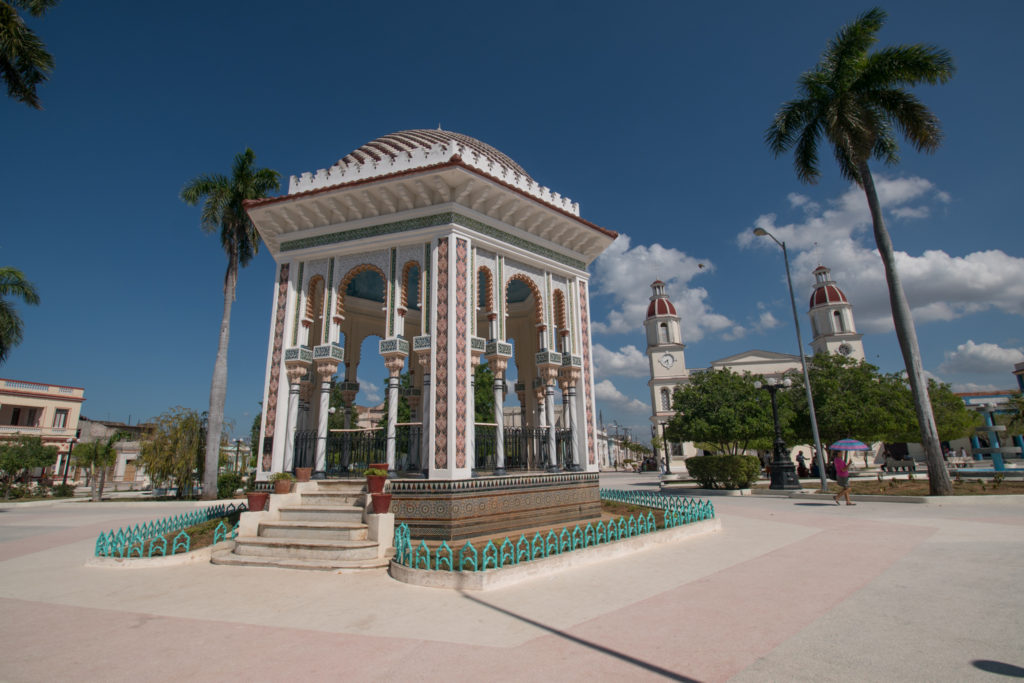
Cabo Cruz
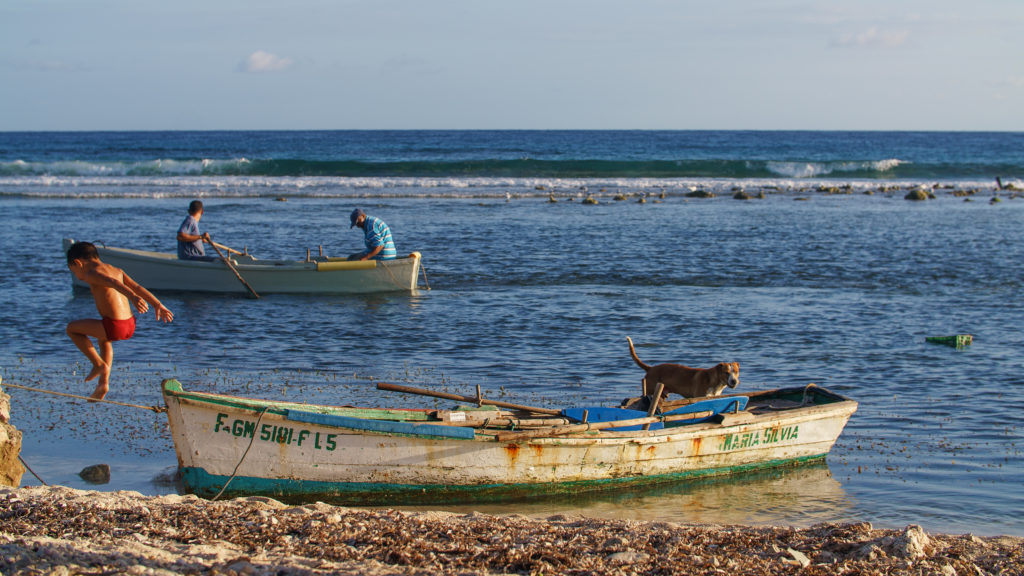
Along the southern coast lies Cabo Cruz, the sleepy beach side village. There are rarely outsiders here, and the people are friendly and the surroundings beautiful, which will lead to some amazing photo opportunities that most visitors will never have.
Guantanamo
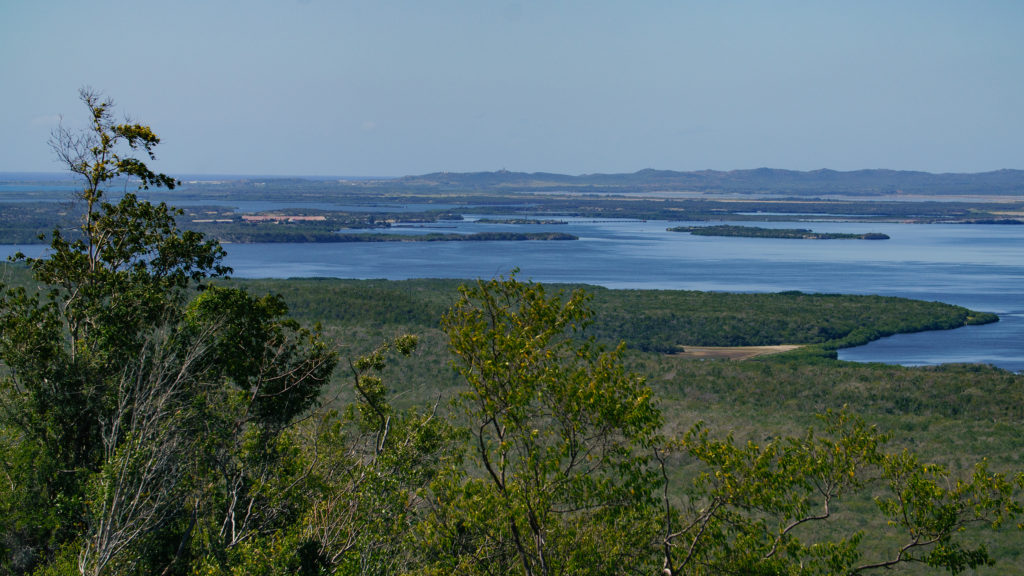
Almost every American knows the name Guantanamo, and besides Havana, this bay in the furthest southeast corner of the country is perhaps the most globally known location in Cuba. Yes, I’m talking about the infamous Guantanamo Bay US naval base. Although it’s located near the town of Guantanamo, the province holds its own as a beautiful location to visit. The lush mountainous region makes for excellent photographic drives, alongside the lookout points over the beautiful blue waters of the bay. And with a long lens, you can even see the US military installations and the dramatic in-water border that separates the US and Cuba territories.
Where to stay:
Las Terrazas de Evelin
Phone: +53 5310-4658
E-mail: [email protected]
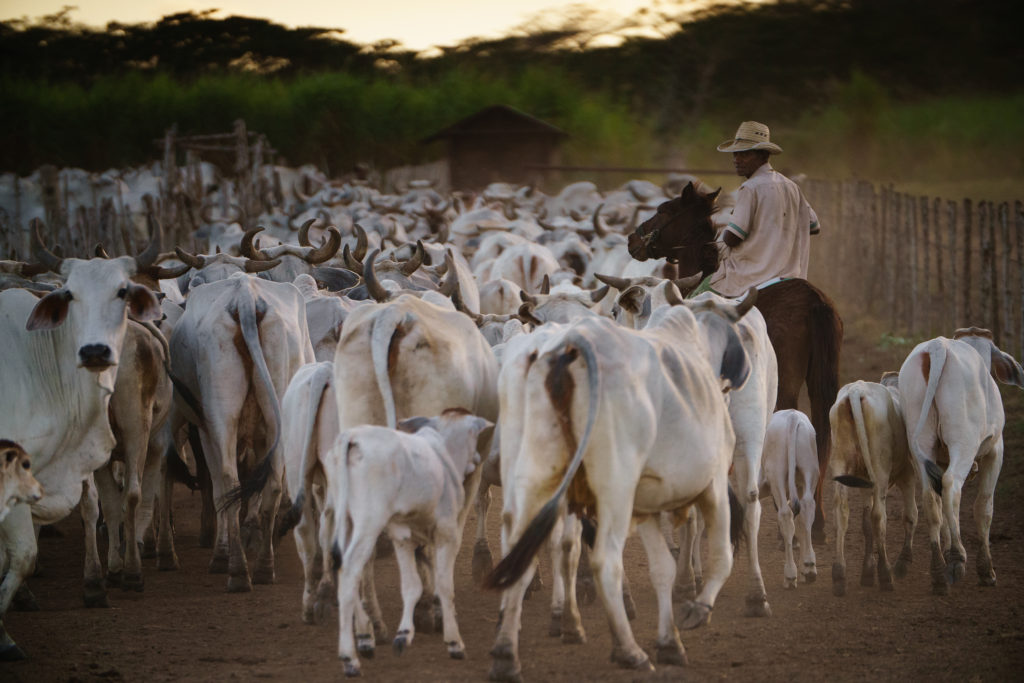
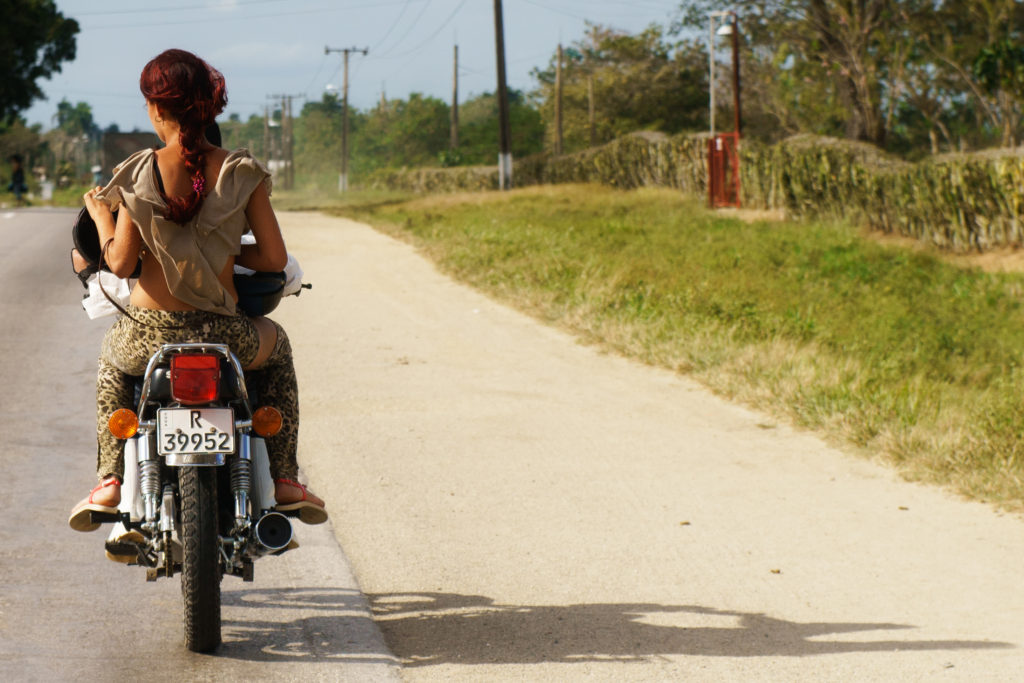
Baracoa
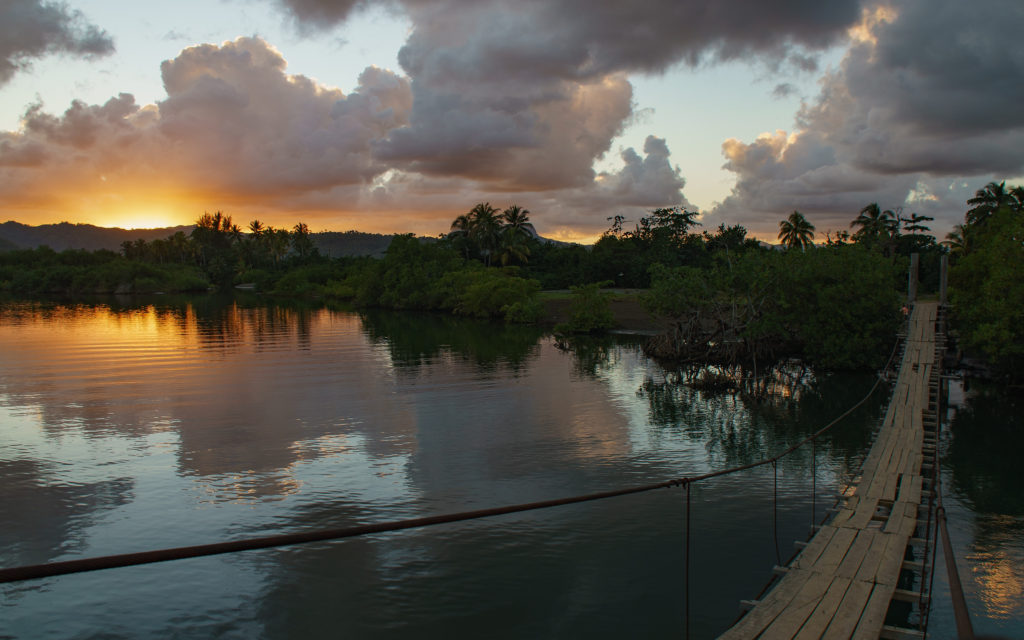
The town of Baracoa—an hour drive from Masai and the furthest point east in Cuba—is everything Havana isn’t. Quiet, lush, and most of all, quirky, as evidenced by one of the most interesting photo spots in this beachfront town, a run down baseball stadium on the beach. If you walk 20 minutes past the stadium, however, you’ll come across one of the most beautiful locations in the country: a swinging bridge over the tropical Rio Miel, complete with colorful boats and huts built on stilts in the river. The golden light makes this spot ideal to hit in the early-morning or late-afternoon. Also, if you continue to the other side of the river you can take in the scenery of Parque Natural Majayara while exploring its enchanting dirt-road neighborhoods.
Where to stay:
Case Reina y Rebeca
Phone: +53 2164-1164 or +53 2164-1852
E- mail: [email protected] or [email protected]
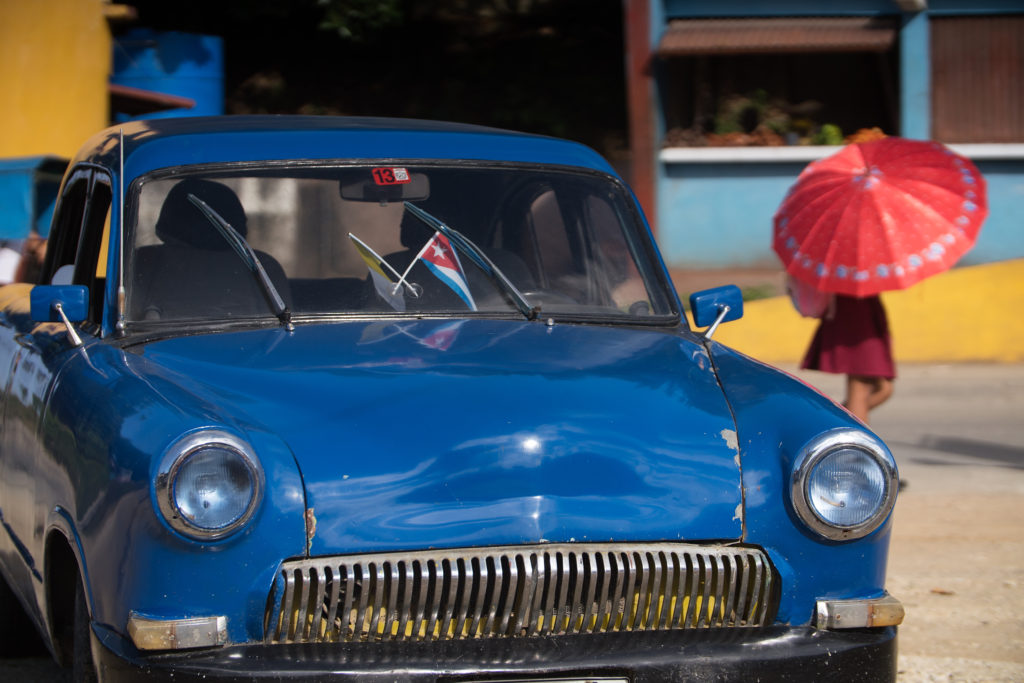
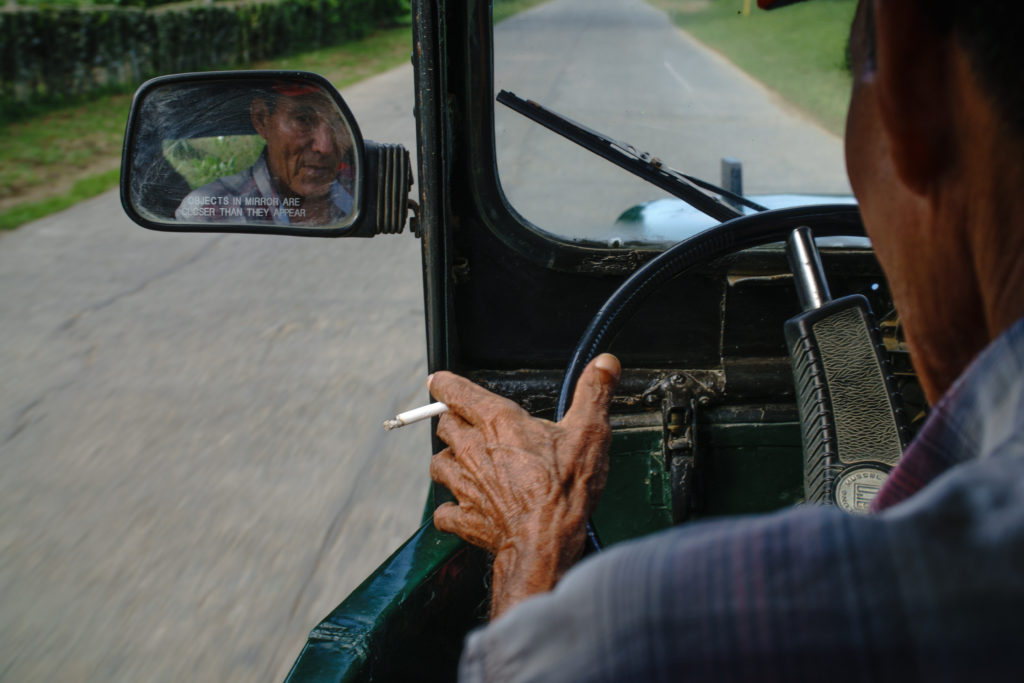
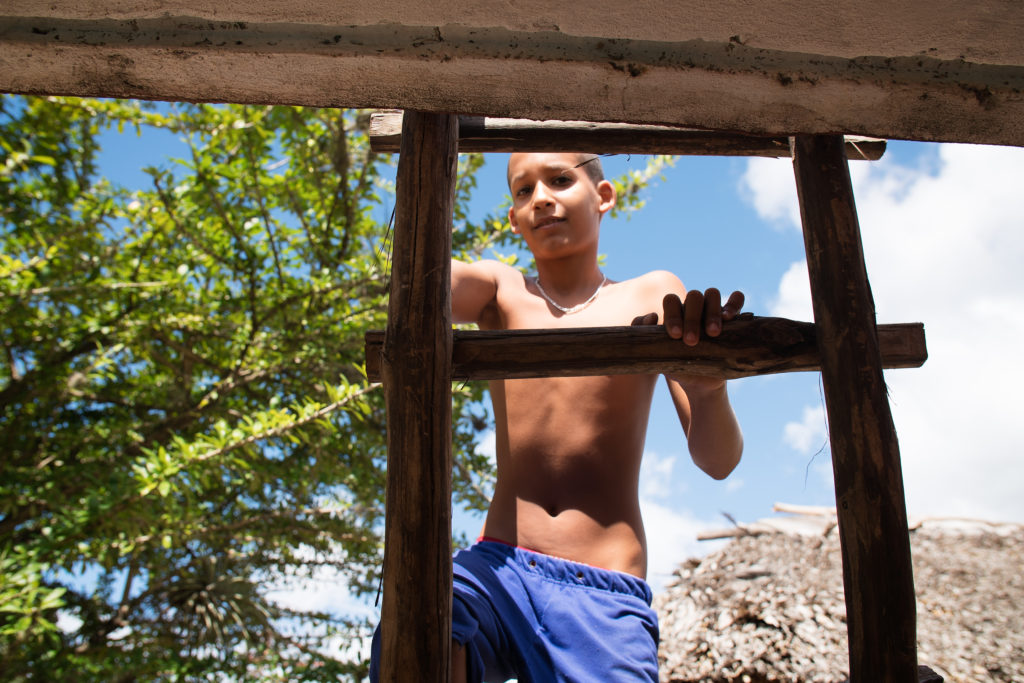
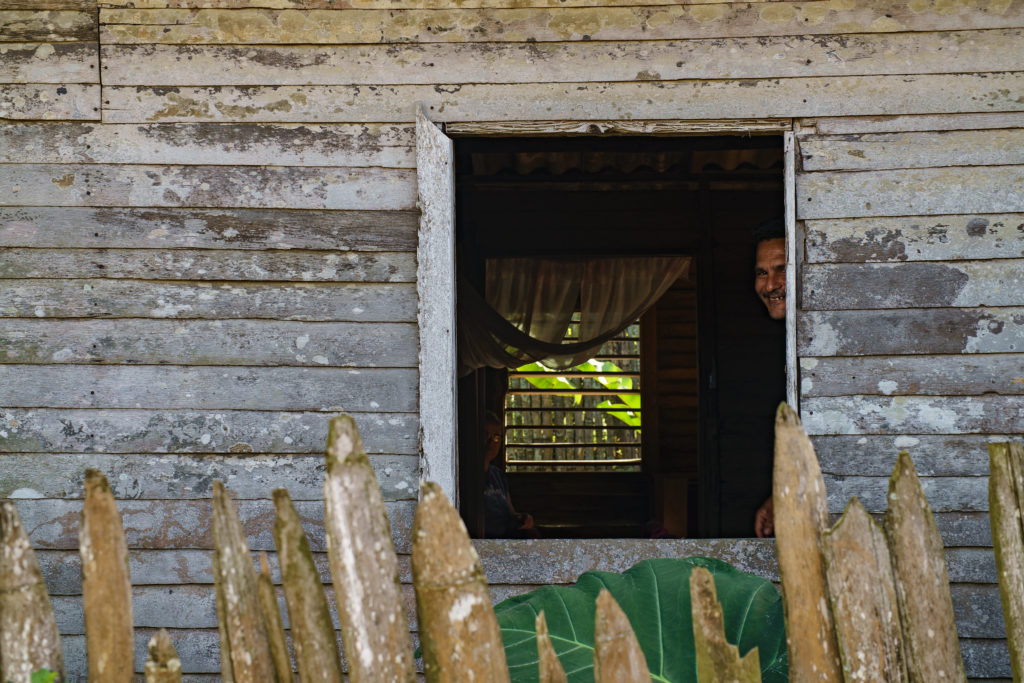
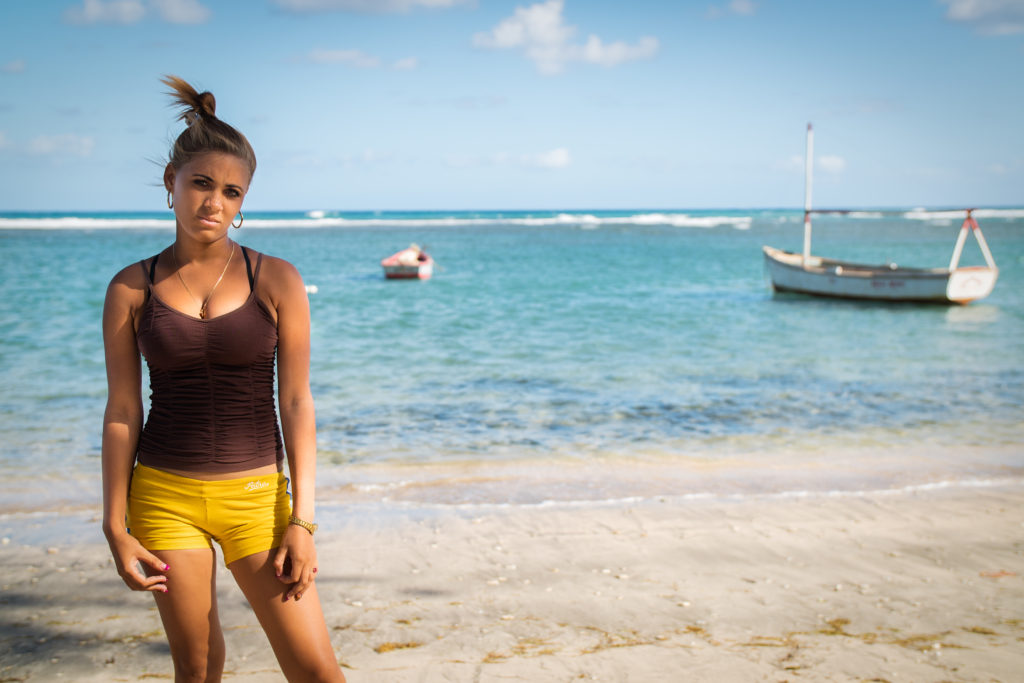
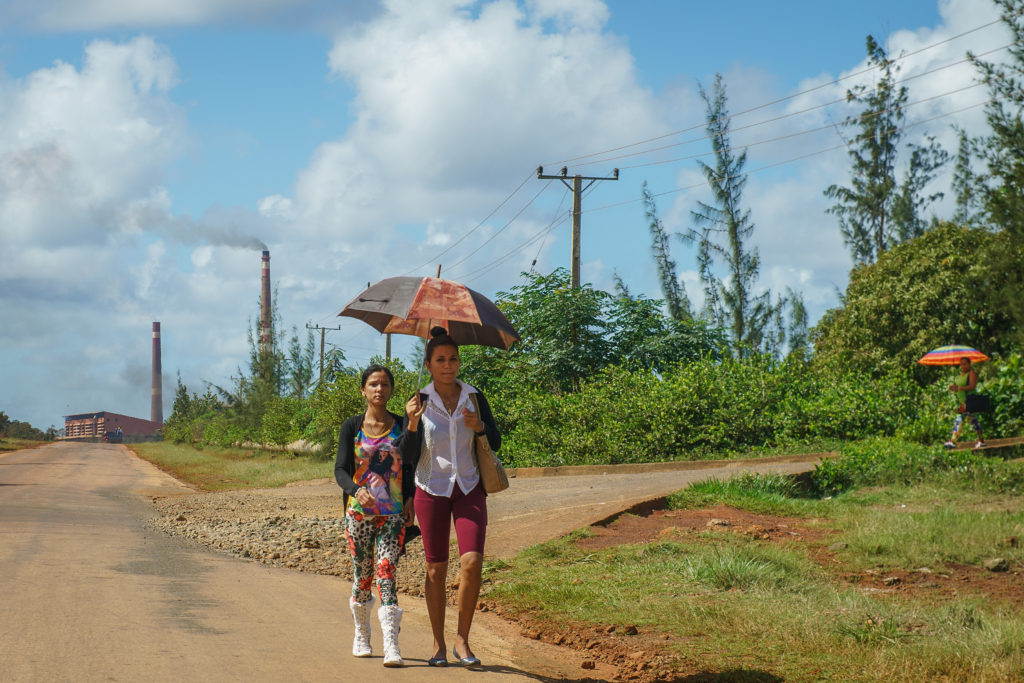
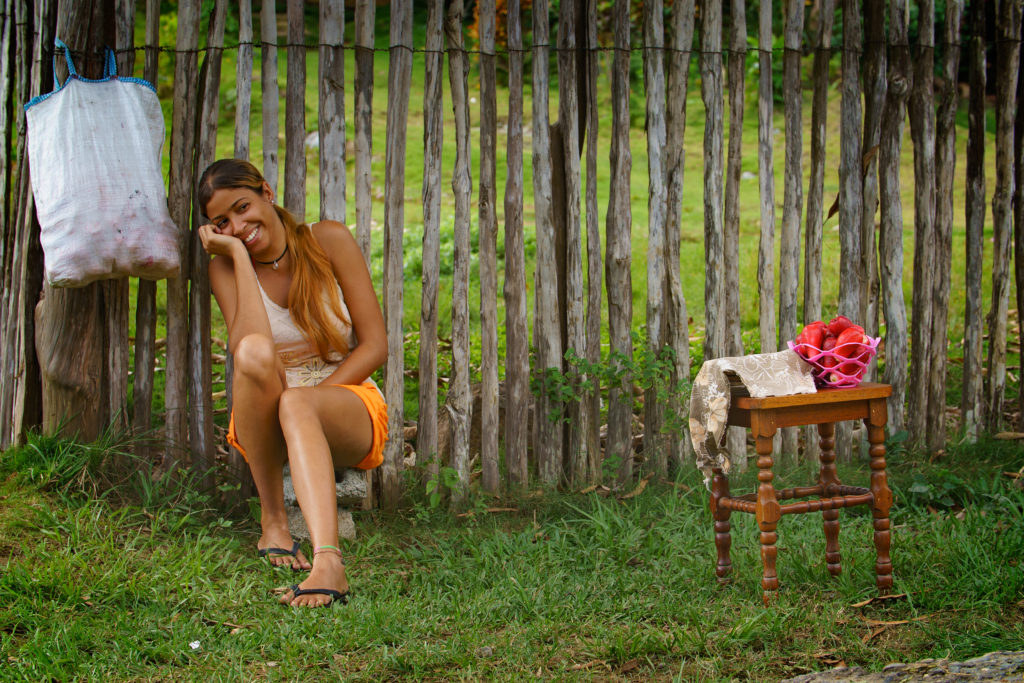
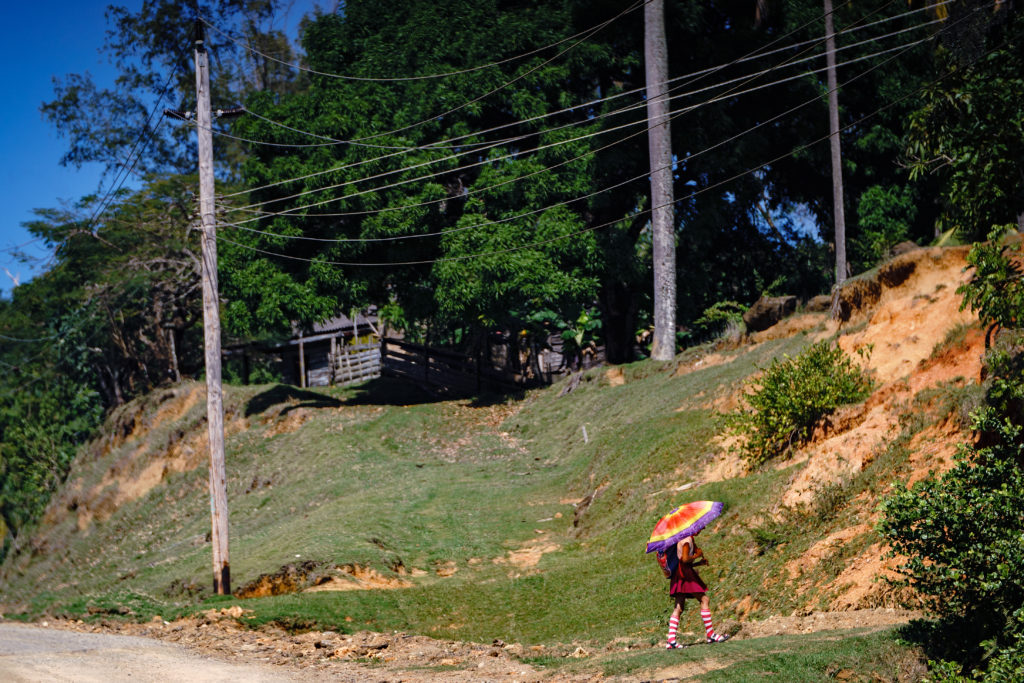
Holguin
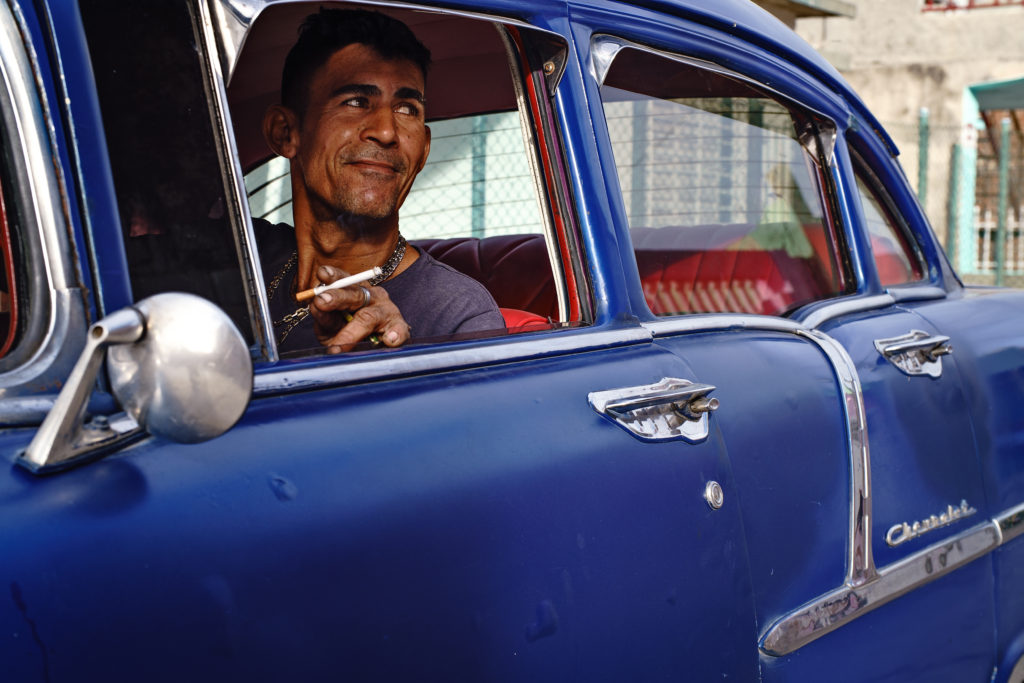
After a beautiful drive along the north coast from Baracoa and through Moa, you will arrive in Holguin, Cuba’s fourth largest city. Known as the “city of parks,” Holguin is full of street scenes that will have you changing your lenses and settings at a fast and furious pace. But when you’re not devouring tasty food at one of Holguin’s up-and-coming private restaurants, make sure to hike the 465 steps to La Loma de la Cruz for an incredible view of the city. The 465-meter hilltop is also home to a large cross, a perfect foreground element for your early-morning or late-afternoon photo.
Where to stay:
Villa Oshun
Phone: +52 2442-4473
E-mail: [email protected]
Villa Daya Y Julio
Phone: +53 2448-0645
E-mail: [email protected]
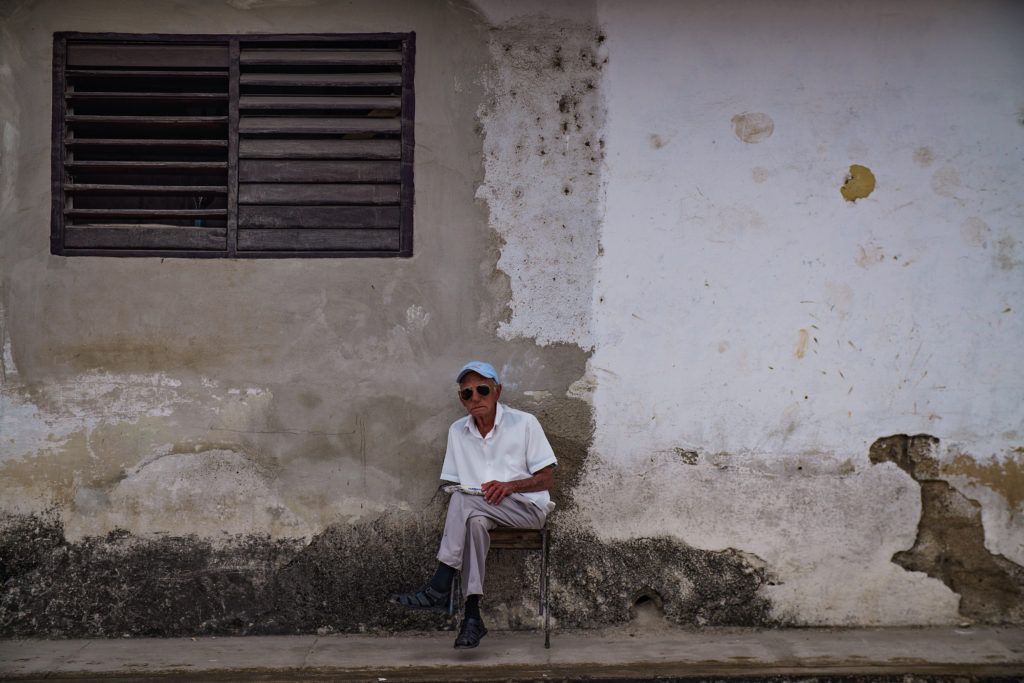
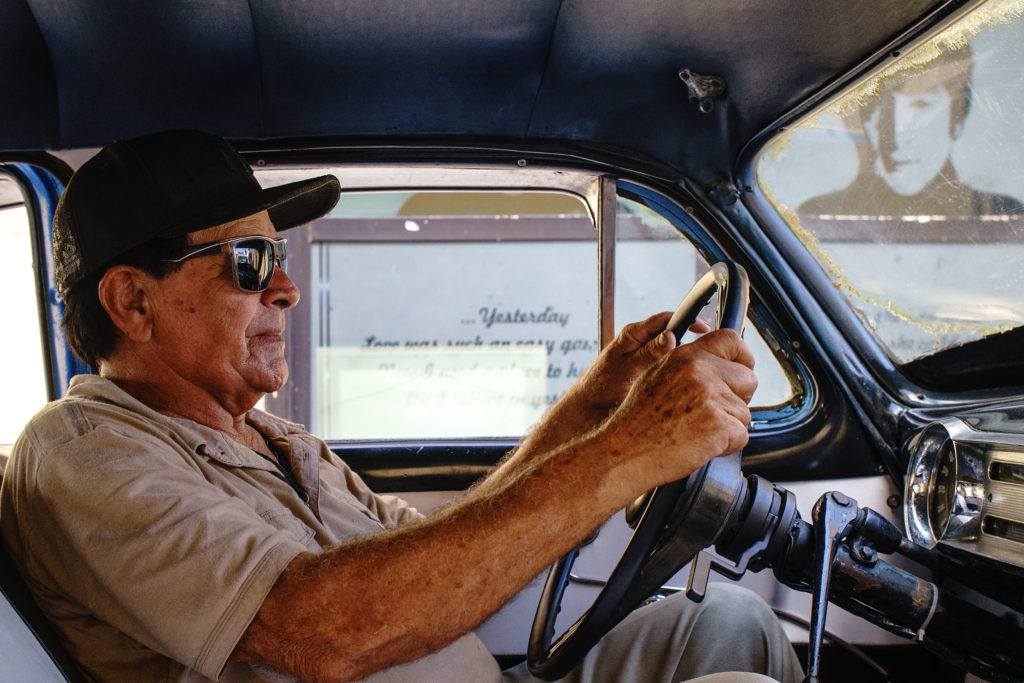
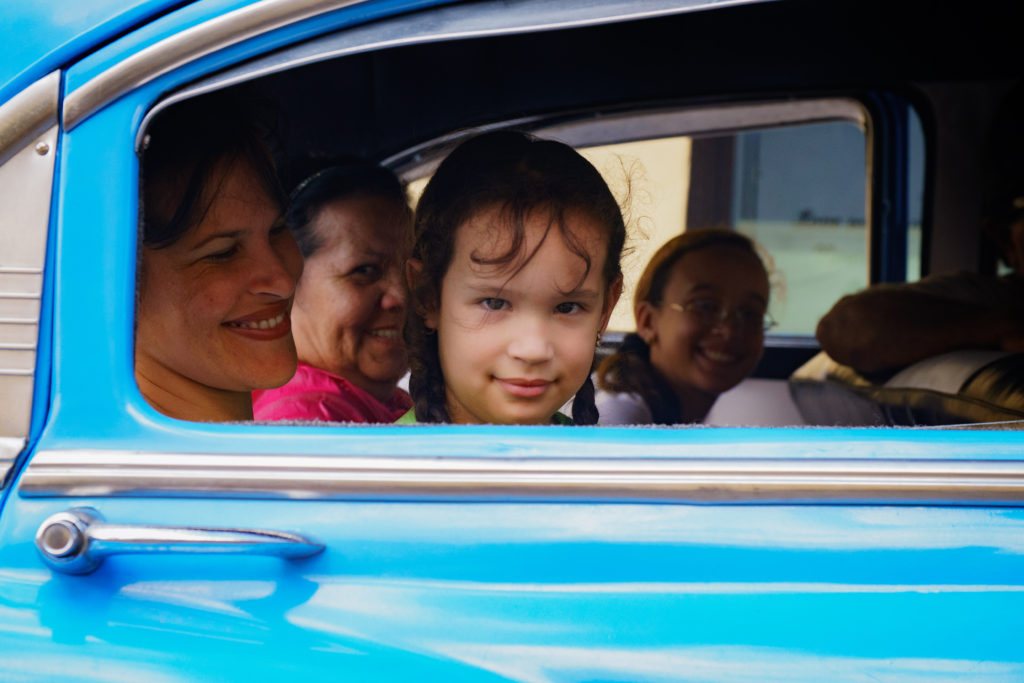
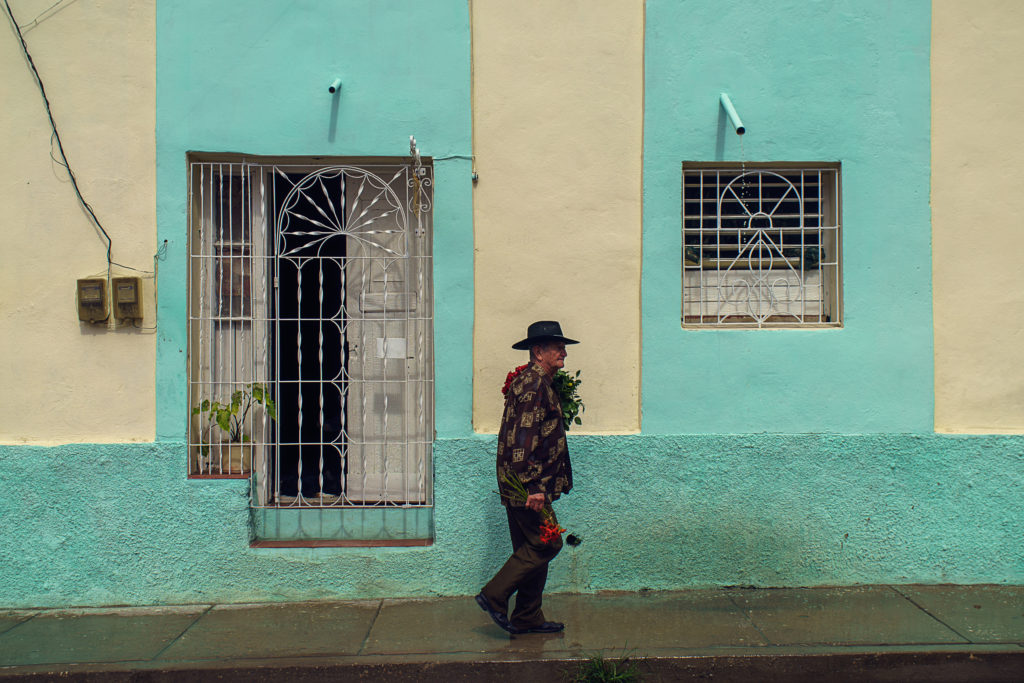
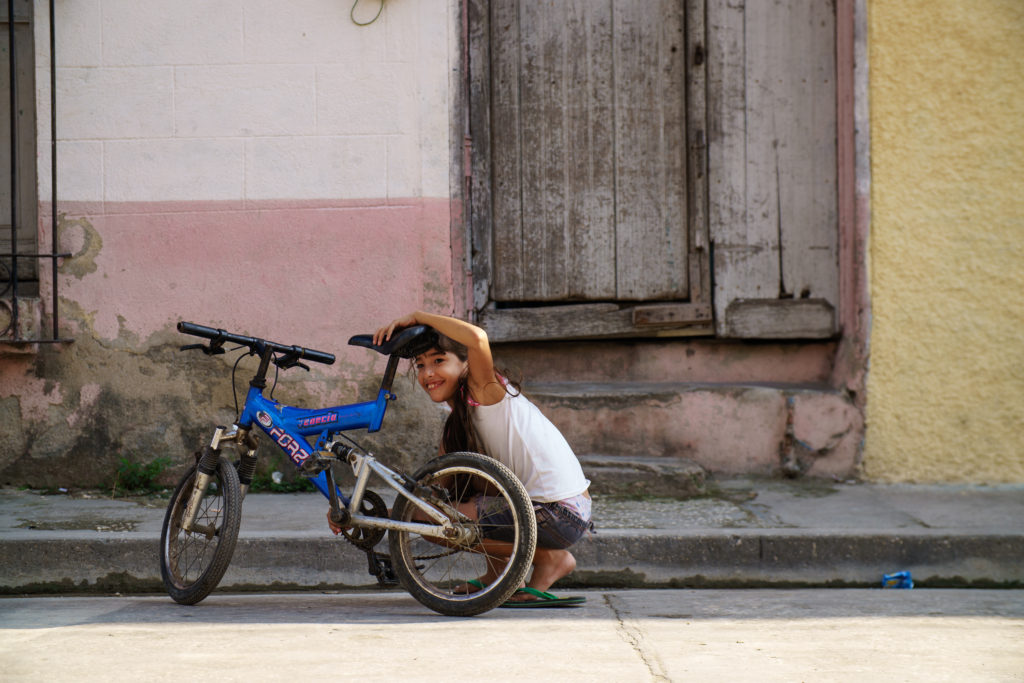
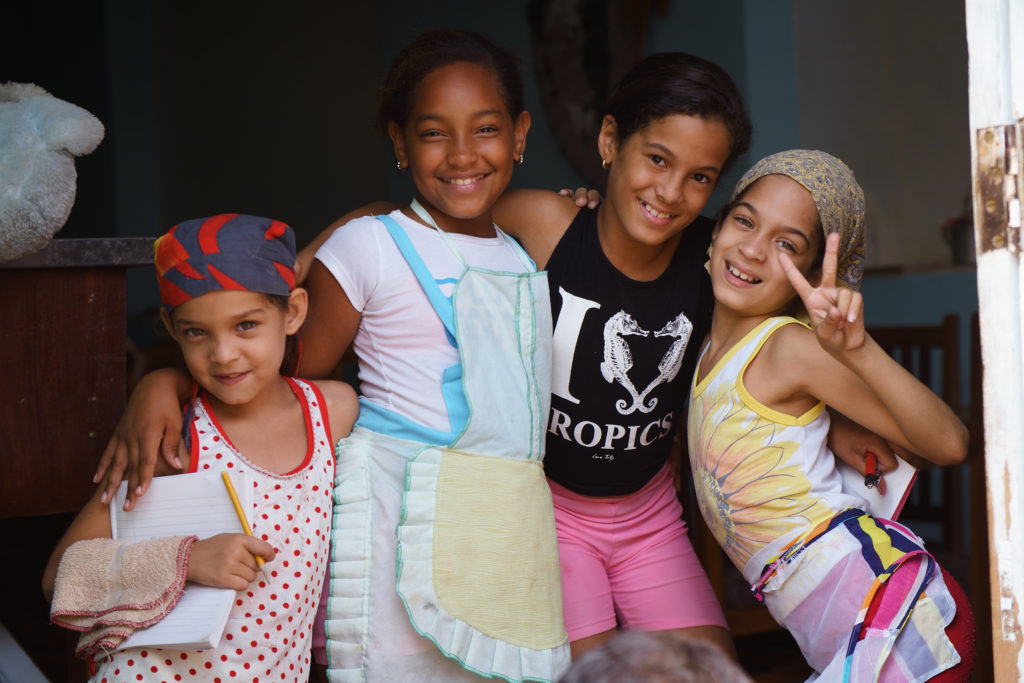
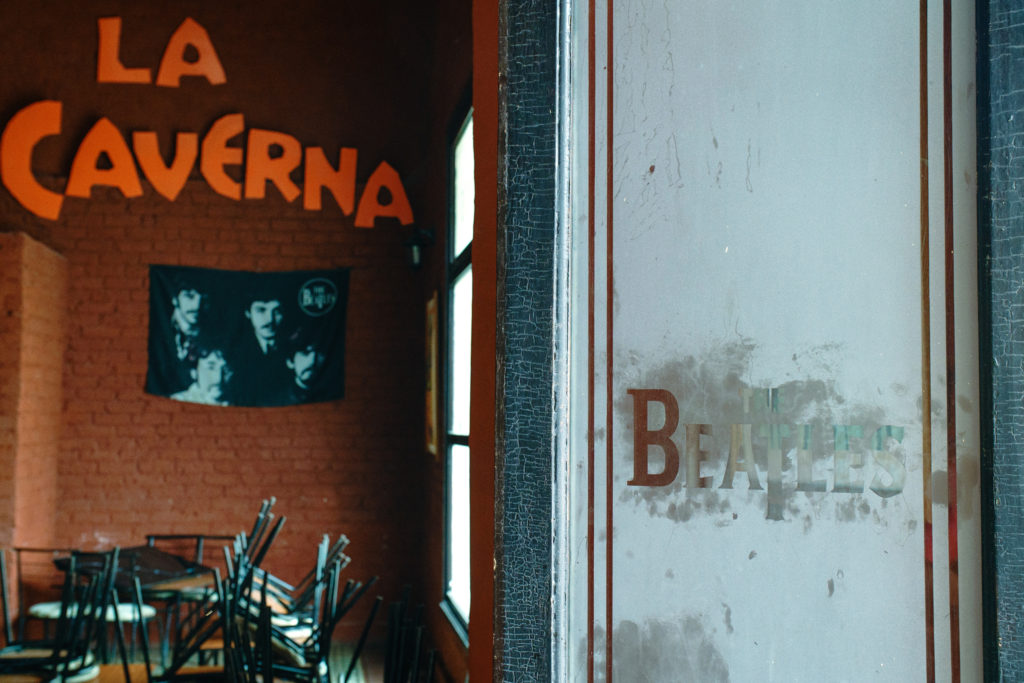
Sancti Spiritus
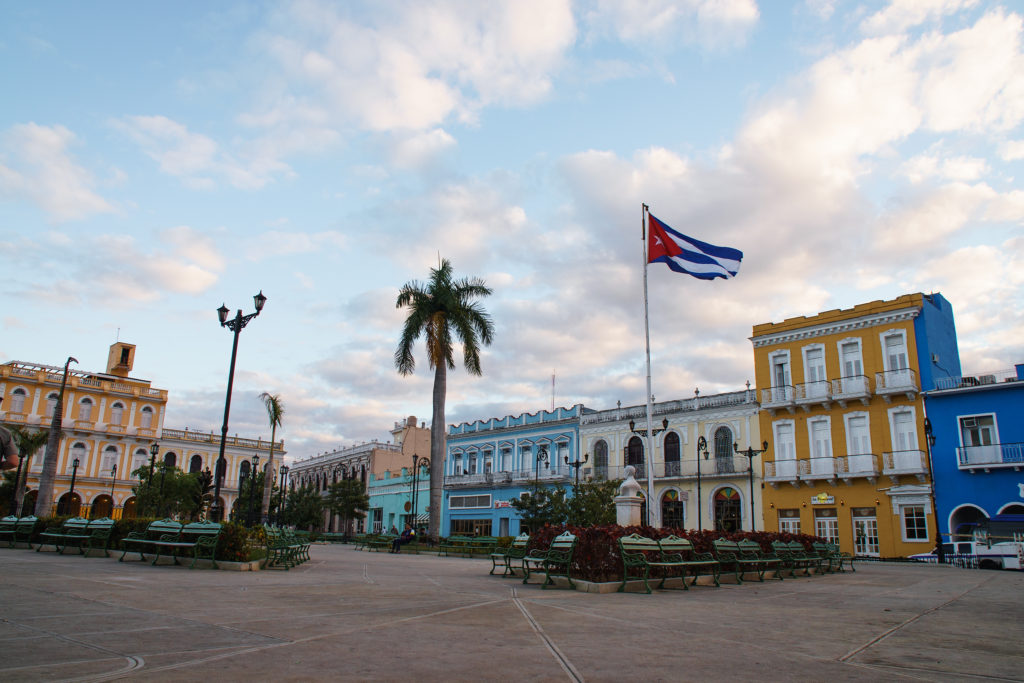
A charming little town of 114,000, photos of Sancti Spiritus are often confused with its neighbor, Trinidad. Puento Yayabo, a blinding yellow four-arch bridge over the Rio Yayabo, is the main draw here. Catch it in the early morning for golden light casting on the arches, and even without an ND filter, the calm river makes for perfect reflections. Also, don’t forget to capture the hustle of the locals heading off to work in morning.
Where to stay:
Calle Real
Phone: +53 5240-8296
E-mail: [email protected]
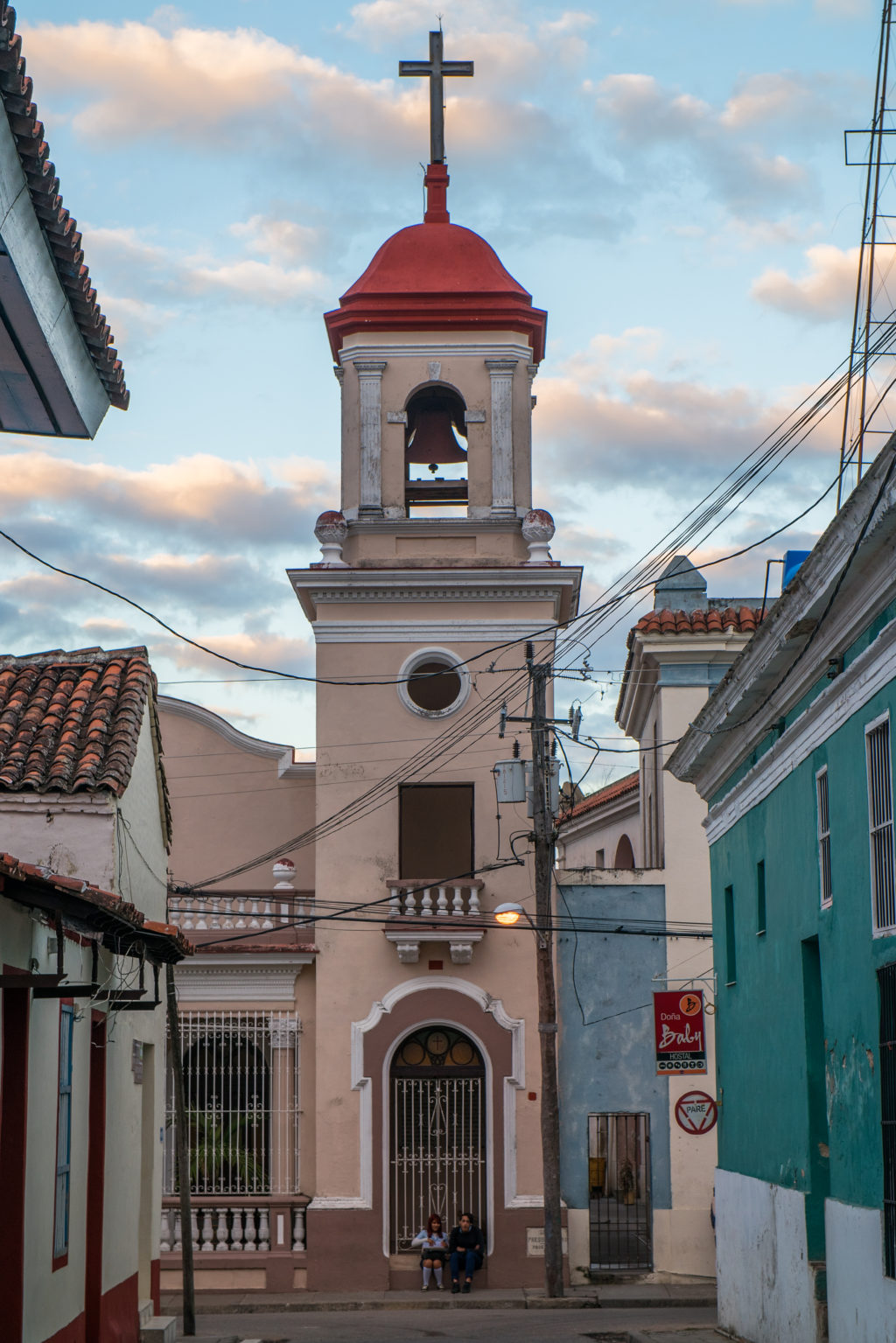
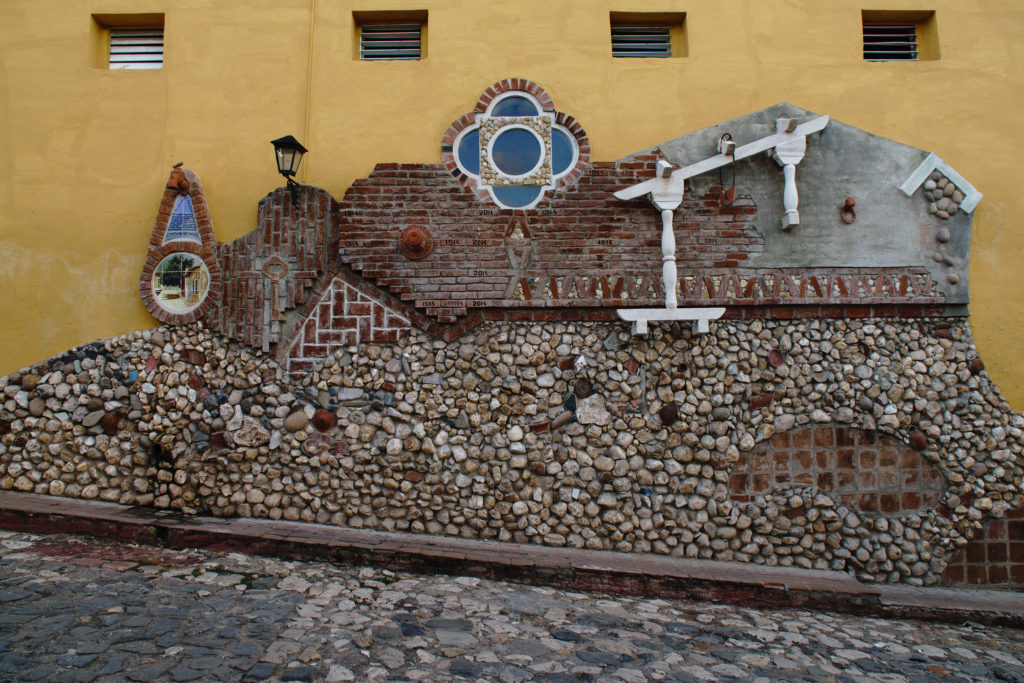
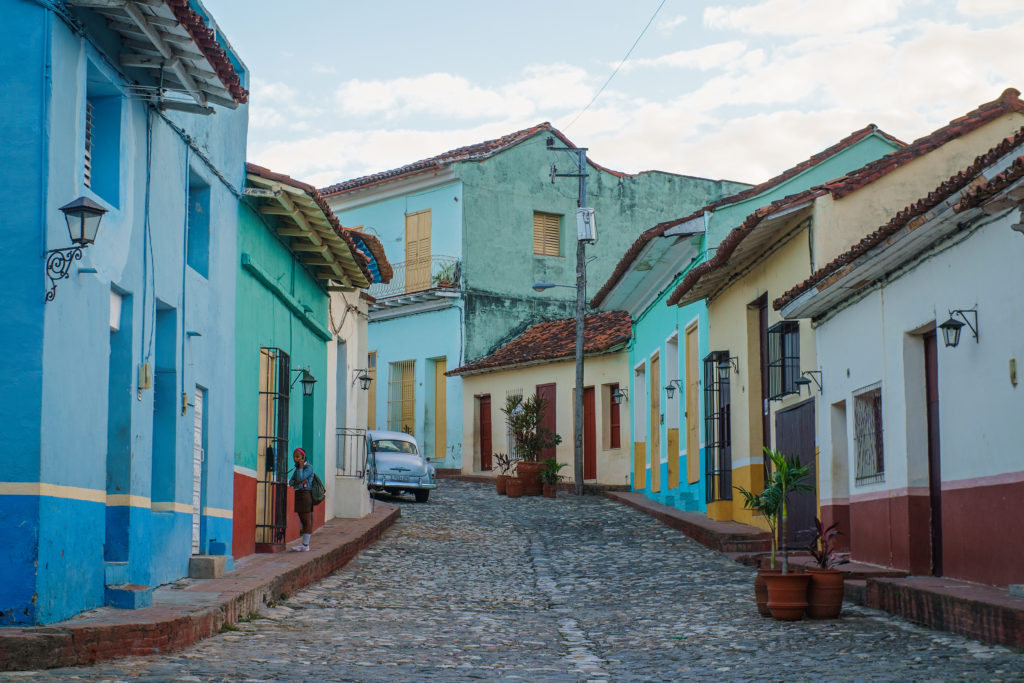
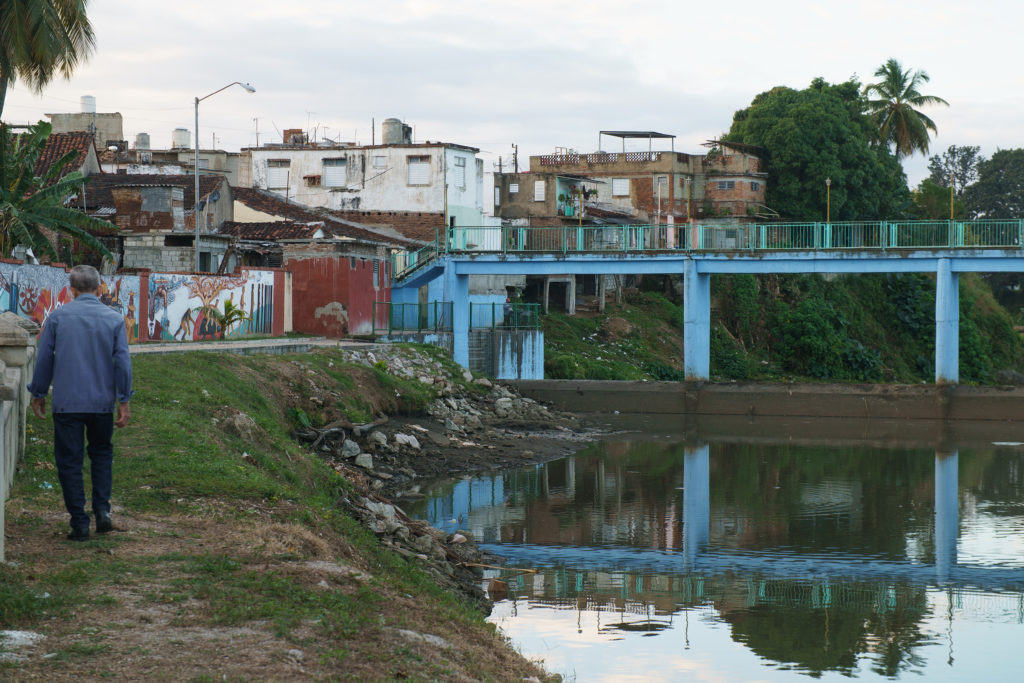
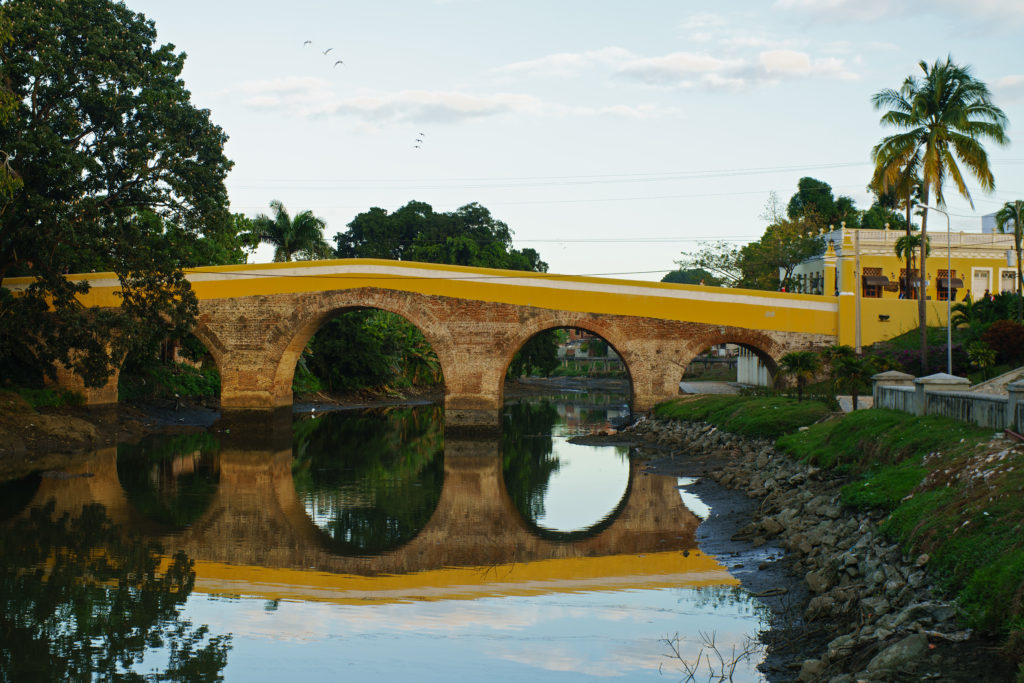
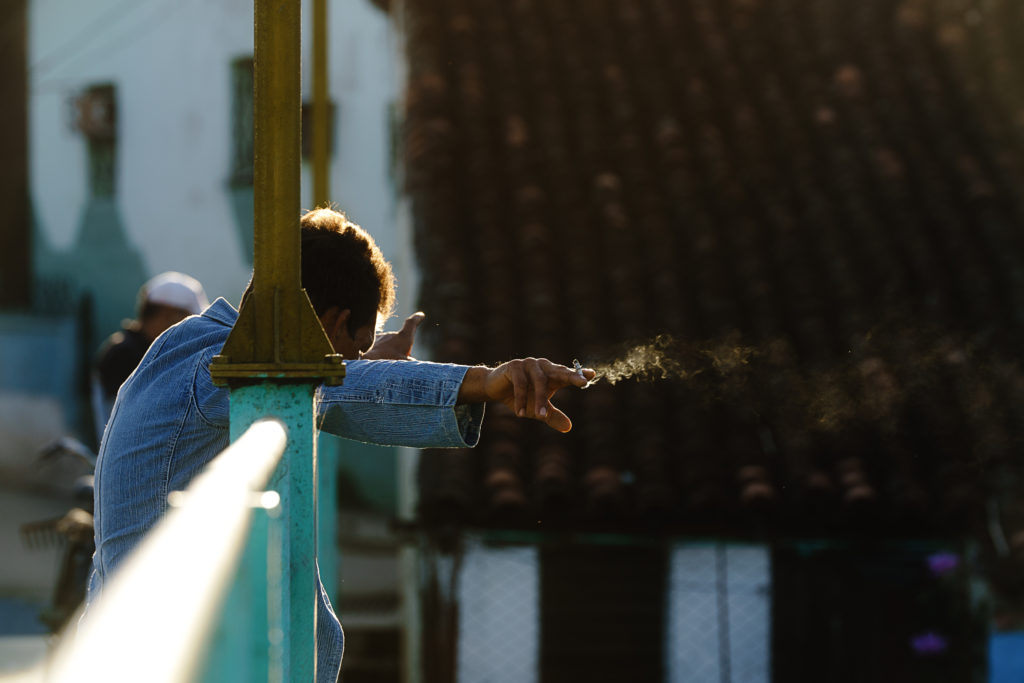
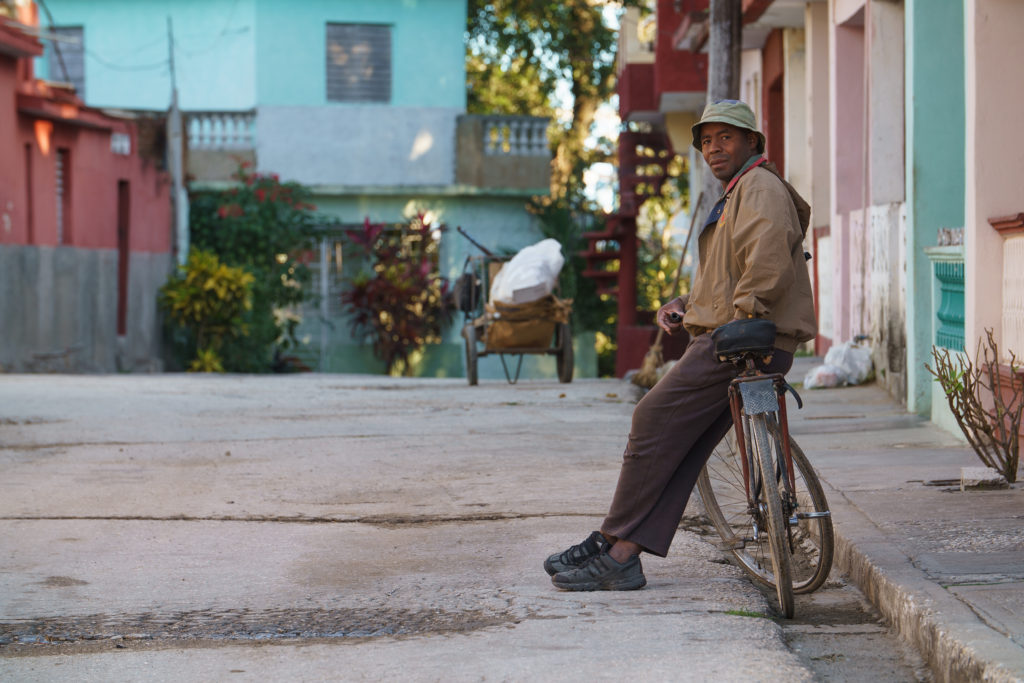
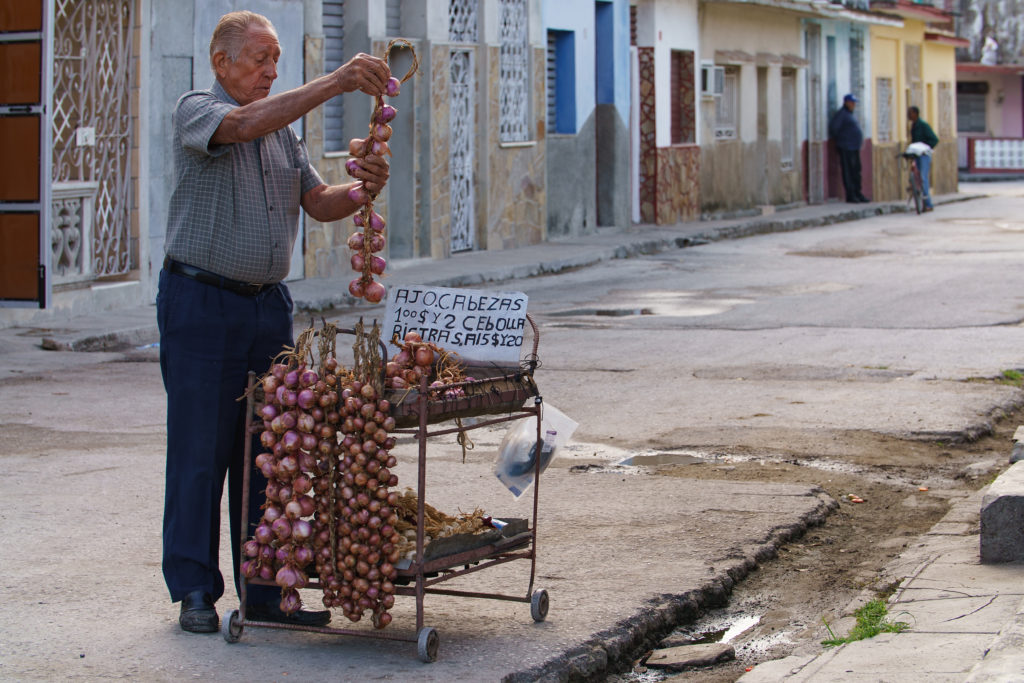
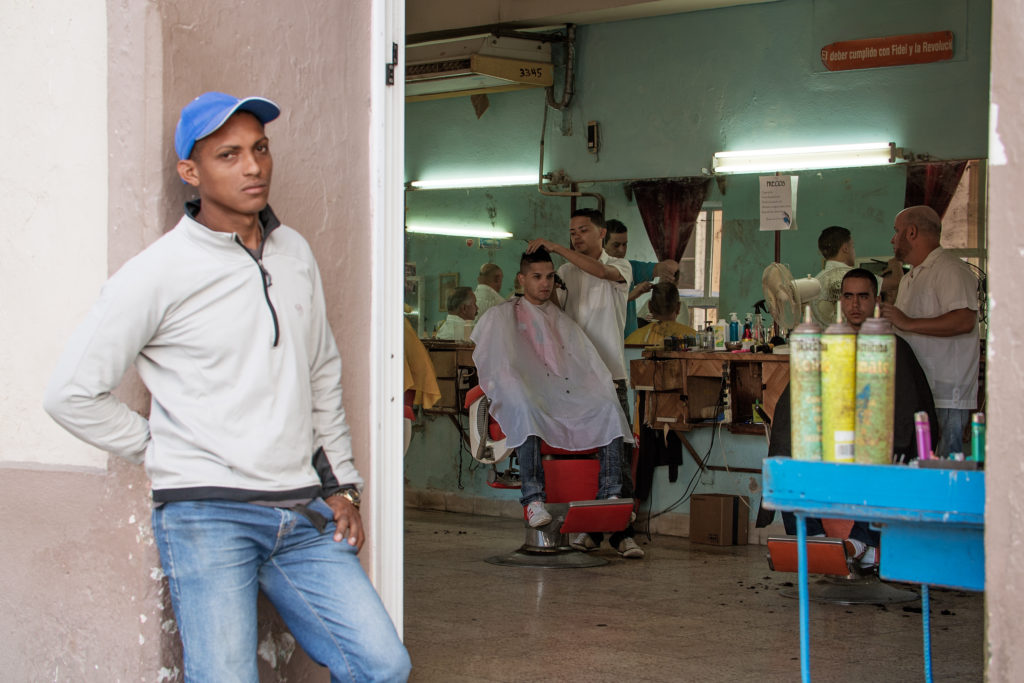
Survival Guide: Consuming the Culture of Cuba
Live in the moment—don’t rely on reservations
Businesses in Cuba can take reservations, but they just can’t hold reservations. Remember those Casas I recommended? Well, the downside is Cuba lacks in organization and communication, so don’t be surprised to arrive at a sold out Casa. But not to worry, the Casa owners work closely together, so a few phone calls will usually get you a new reservation at a nearby location. When this happens (trust me, it will), just smile and take it with stride. Most Cubans don’t have the luxury of the Internet and computers, and their businesses are run using physical books, so cut them some slack—and remember that this system worked incredibly well in the US for decades.
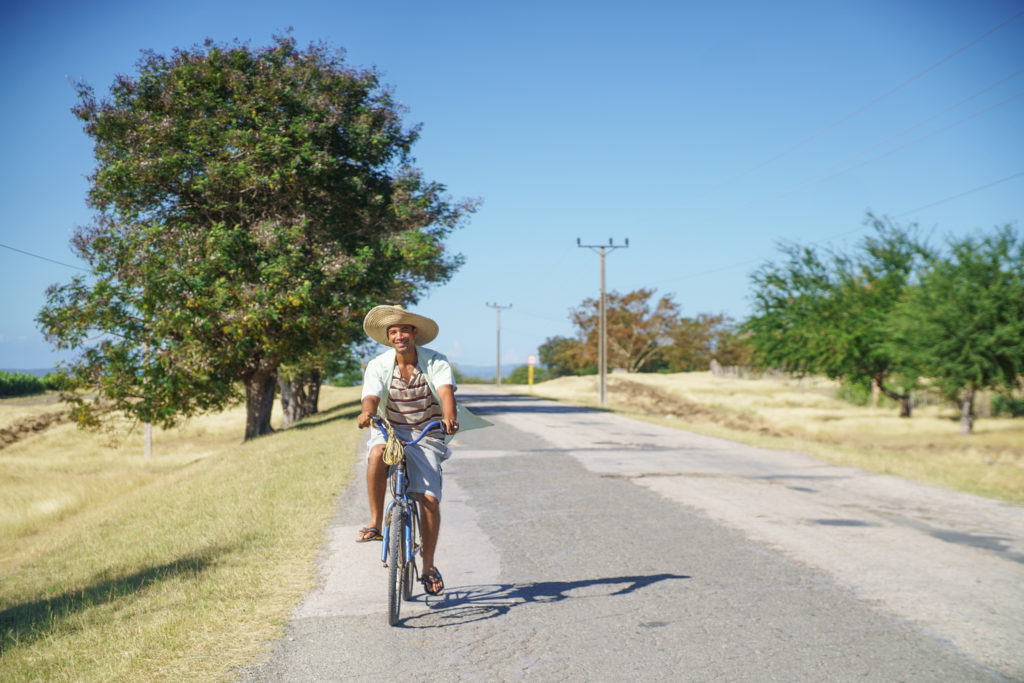
Shoot from the window of a sturdy vehicle
Life in Cuba moves so slow that it isn’t hard to capture it while traversing down highways at 100 kilometers an hour. When you aren’t behind the wheel, set your camera to continuous drive mode at 1/8000 of a second on shutter priority. Let the camera do the work as you capture remarkable scenes without losing valuable travel time. Also, be sure to travel in a sturdy vehicle, as the further east you go, the worse the road conditions become—you will encounter potholes the size of bathtubs, and “dirt roads” that are actually paved roads reduced to rubble. And think twice before you hire a local to take you in their personal vehicle. They value their cars as much as themselves, so blowing a tire will leave you stranded with a very unhappy driver.
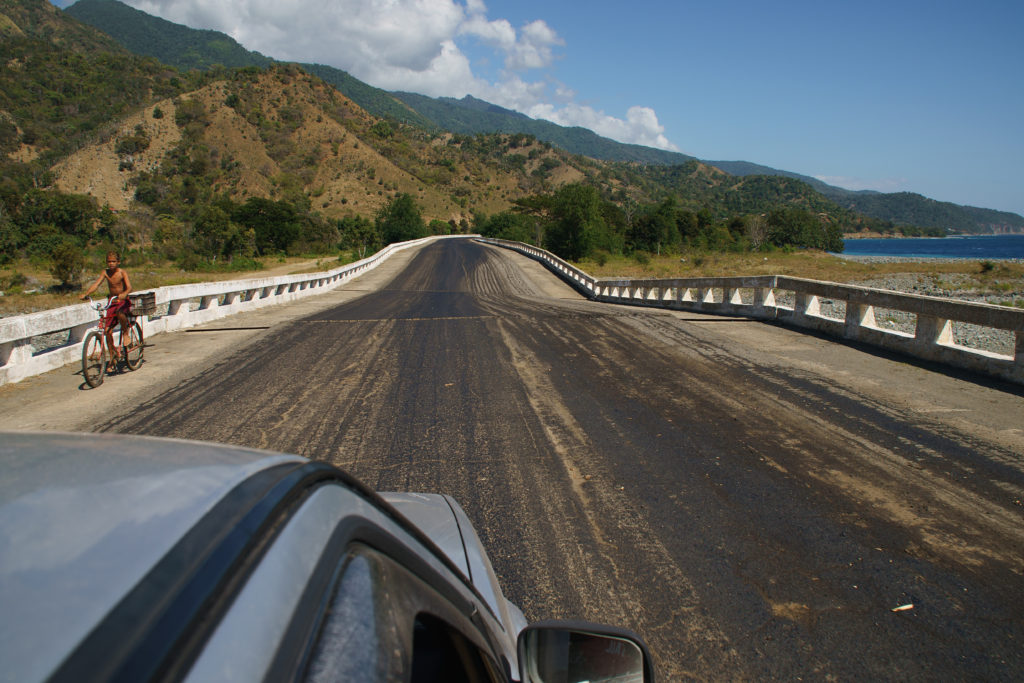
Bring fast lenses
Whether you’re shooting out of cars or walking the endlessly photogenic city streets, you can’t afford to miss a moment. For this, high aperture fast lenses are highly recommended in order to retain the sharpness of vivid scenes. For this trip, I photographed exclusively with Tamron lenses, none of which were slower than f/2.8. Even in broad daylight, I shot close to the widest possible aperture, as a fast shutter speed was critical for capturing sharp images.
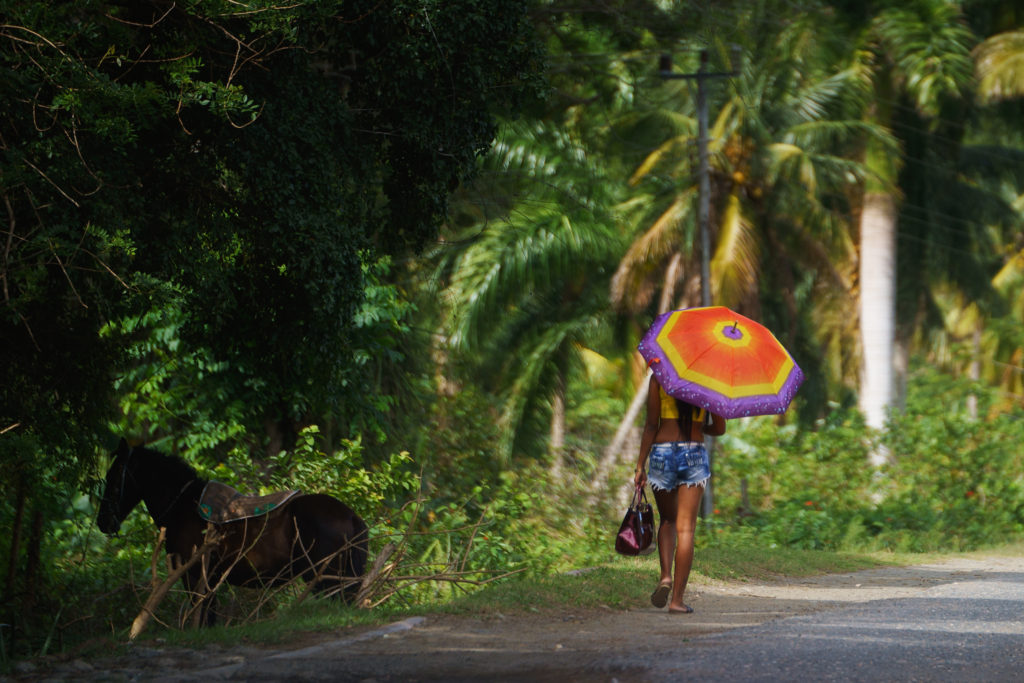
Make eye contact
In all of my travels, I’ve never seen eyes as an enchanting, magnetic, and vibrant as the people of Cuba, whether male or female or young or old. So build your portraits around your subjects’ eyes—they will inevitably draw you in and leave you speechless.
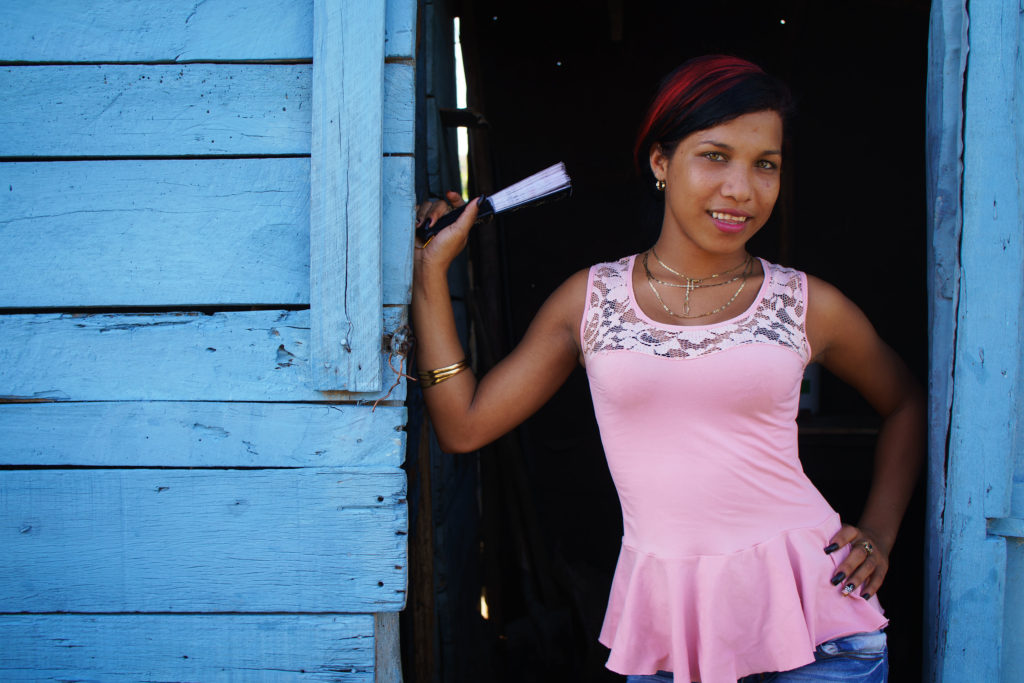
Get a travel guide
While Cuban people are generally friendly and the country is safe, a guide is always useful on a road trip, especially if you aren’t fluent in Spanish. Even better, is a guide who doubles as a photographer, as they understand your needs and will be eagerly capturing scenes alongside you. This is especially important when spending hours waiting for that perfect person to walk by your favorite street mural. I recommend my good friend Alain Lázaro Gutiérrez—he is an incredible photographer, speaks near-perfect English, and is friendly and personable, making it easy to interact with the people you encounter.
E-mail: [email protected]
Instagram: @alainmenox
www.atasteofcuba.org
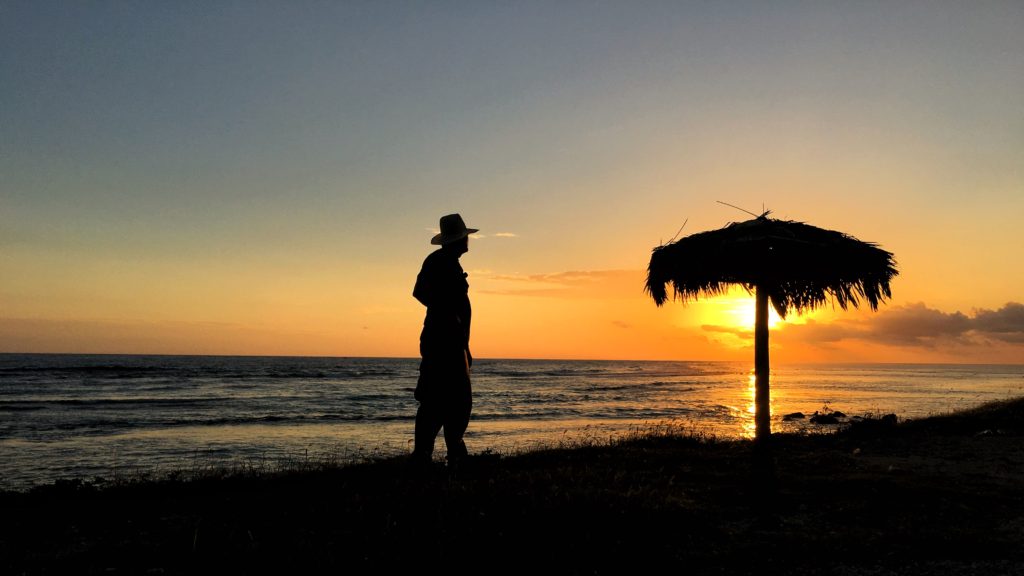
Kick it with the locals
When you walk through the neighborhoods of Cuba, from Havana to Baracoa, you will be assuredly invited into the family homes of the people you meet. Cubans are generous and will share whatever they have with you, whether it’s a cup of coffee or their last cacao, so politely take them up on the offer. Cubans love to talk, and they will want to continue your conversation while hosting you—I lost count of the amount of homes we spent time in, drinking rum, sugarcane juice, and glancing over family photo albums. The conversations were always lively, informative, and the smiles and laughs never stopped. Additionally, with the Internet just recently introduced and still unavailable or unneeded for most, you will find that Cubans appreciate face-to-face conversation—and it’s this constant interaction that makes them some of the most personable people in the world.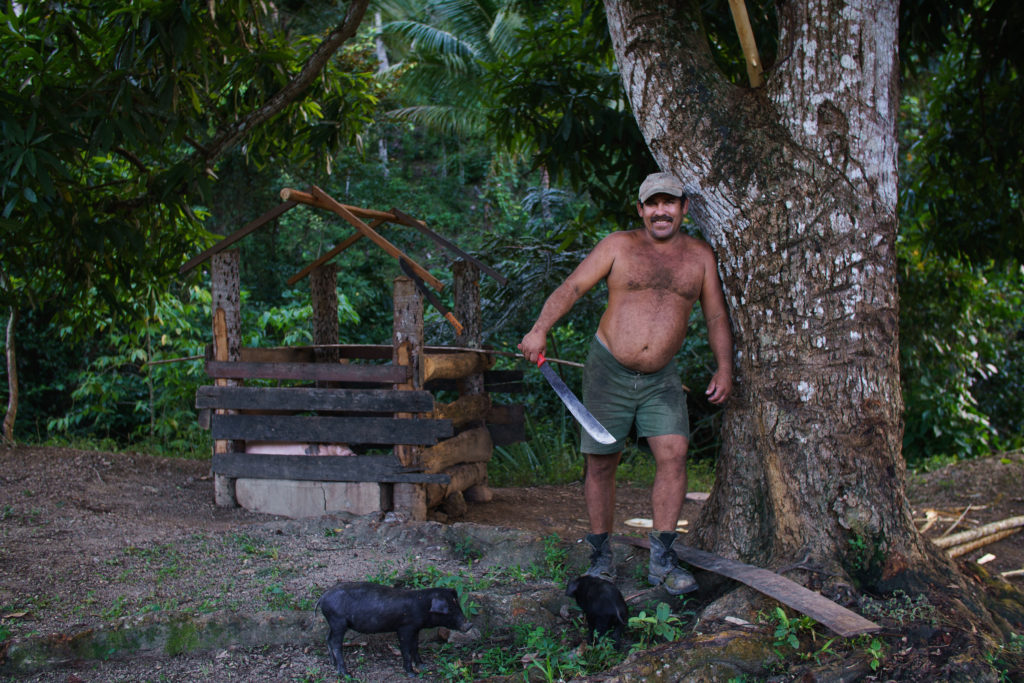
Get ready to go offline
The Internet is another quickly changing aspect of daily life in Cuba. Online access for nonessential government personnel was introduced just last year, and is only available in select spots, mainly the outdoor “Parque Central.” It’s also very expensive, especially for Cubans who earn a small fraction of American salaries. You can buy Internet cards from the local Etecsa store for two dollars, but if you pick them up from the hotels in Havana or the beach resorts, the price is more than double that. Also, at the time of writing this feature, business Gmail and US banking websites were restricted, but that could change very quickly. The government seems to be loosening up on access outside of the main town squares—Internet service will soon be available in homes in two Havana neighborhoods, and cafes will be able to purchase routers for their patrons. It is said that the Internet landscape in Cuba is set to change rapidly through 2016.
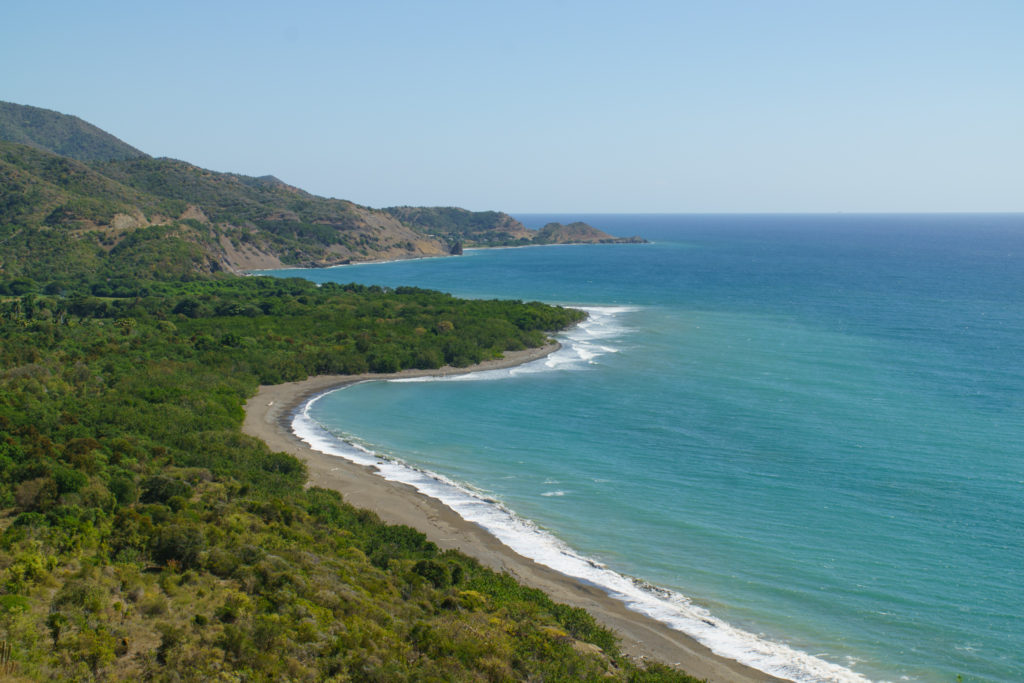
Forget all of your preconceptions
Everything you thought you knew about Cuba will change after your trip. In fact, you still won’t know how you feel about your experiences long after you leave. Sure, you will remember the beautiful, friendly people and their beaming smiles. But on the other hand, you will also recall the stories they shared about the incredible hardships they’ve faced, and continue to face to this day. No doubt, you will be awestruck when you capture the perfect shot of the decaying building facades, but you’ll get emotional when you remember that people actually live and work in those buildings. Cuba is a one of kind place, with honest and caring people who deserve nothing but success and happiness. Let’s hope that we’ve entered a new chapter in the nation’s turbulent history, one where the good people of Cuba will indefinitely come out on top.
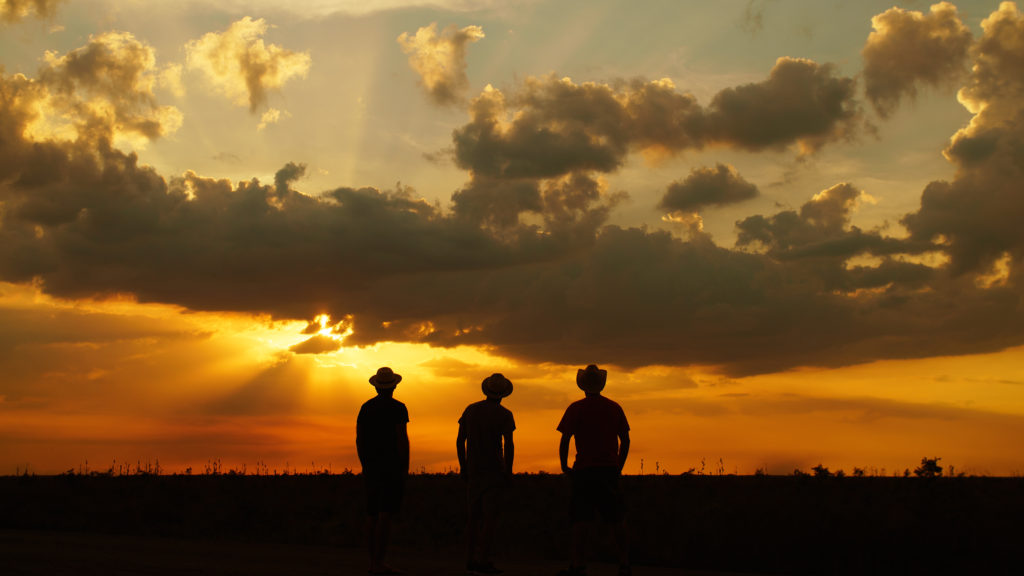


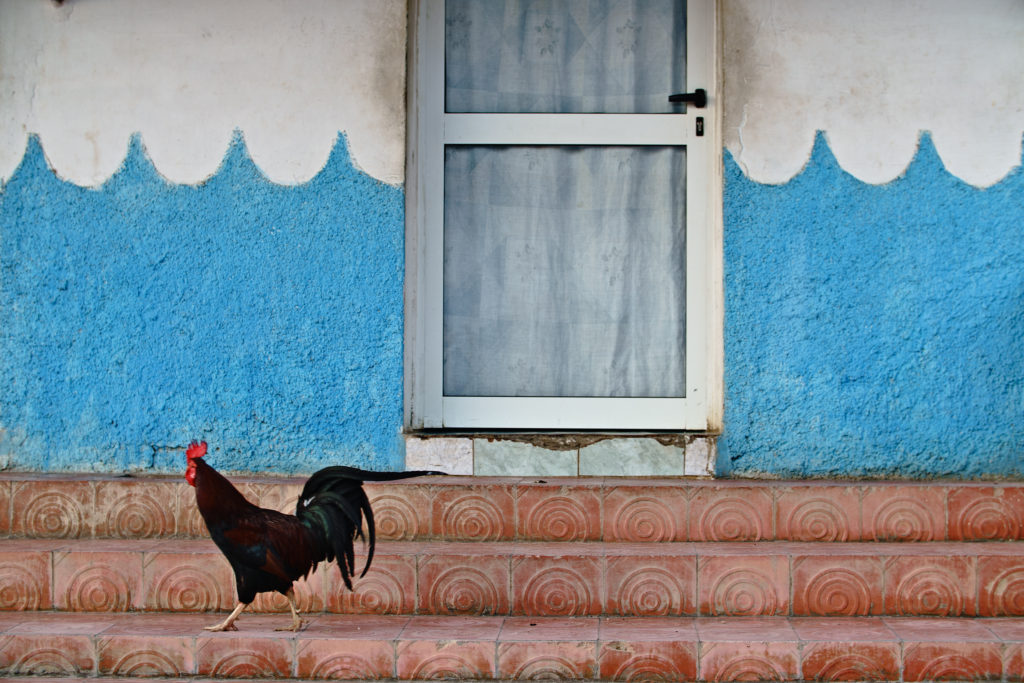

1 comment
Nice collection of images taken all over the place, and a positive and comprehensive view, very much needed after so much lack of information or misinformation. I am a Cuban photographer now collaborating with American photography groups travelling to the country. Cuba is indeed a photographers paradise, with many options according to your line of work: textures, colors, people, architecture, dance and music, nature. If you are curious for an insider’s photo view of these themes check my website: http://gavilondophoto.com